House Of Hohenzollern
Encyclopedia, Science News & Research Reviews
Introduction
House of Hohenzollern (also United States; German: Haus Hohenzollern, pronounced [ˌhaʊs hoːənˈtsɔlɐn] (listen); Romanian: Casa de Hohenzollern) was once a royal German dynasty (imperial from 1871 to 1918) A dynasty, whose members were various princes. Electors, Kings and Emperors of Hohenzollern, Brandenburg, Prussia, German Empire and Romania. The family hails from around the town of Hechingen in Swabia in the late 11th century and takes its name from Hohenzollern Castle. The first Hohenzollern ancestors were mentioned in 1061. The House of Hohenzollern, split between the Catholic Swabian House and the Protestant Franconian House, ruled the Nuremberg Nobility and later the Brandenburg-Prussian House. The Swabian branch governed the Duchy of Hohenzollern-Hechingen and Hohenzollern-Sigmaringen until 1849, and also Romania from 1866 to 1947. Members of the Franconian branch became Margraves of Brandenburg in 1415 and Dukes of Prussia in 1525. The Margraves of Brandenburg and the Duchy of Prussia were governed by a personal union from 1618 onwards, known as Brandenburg-Prussia. From there, the Kingdom of Prussia was established in 1701, which eventually led to the unification of Germany and the creation of the German Empire in 1871, with the Hohenzollerns as hereditary German Emperor and King of Prussia. Germany's defeat in World War I in 1918 sparked the German Revolution. The Hohenzollerns were overthrown, the Weimar Republic was established, and the German and Prussian monarchies came to an end. George Friedrich, Duke of Prussia, is the current head of the former Prussian royal family, and Karl Friedrich, Duke of Hohenzollern, is the former head of the Swabian Dukes.
Scholarly Articles
County of Zollern
Zollern was a county of the Holy Roman Empire from 1218 until Hohenzollern. The capital then became Hechingen. The Hohenzollern family named their mansion after Hohenzollern Castle in the Swabian Alps. Hohenzollern Castle is located on a mountain called Hohenzollern at an altitude of 855 meters. It still belongs to the family. The dynasty was first mentioned in 1061. According to the medieval chronicler Bertolt of Reichenau, Burkhard I, Count Zollern (De Sorollin) was born before 1025 and died in 1061. In 1095 Count Adalbert of Zollern founded the Benedictine Abbey of Alpirsbach. Located in the Black Forest. The Zollerns received the title Graf from Emperor Henry V in 1111. As loyal vassals of the Hohenstaufen dynasty of Swabia, they were able to greatly expand their territory. Count Frederick III (c. 1139 – c. 1200) accompanied Emperor Frederick Barbarossa in the Battle of the Lion King in 1180, and on marriage he was given count of Castle Nuremberg by Henry VI in 1192. Around 1185 he married Sophia of Larpus. Daughter of Count Conrad II of Nuremberg. After Conrad II died without a male heir, Frederick III was granted Nuremberg as Count Friedrich I. In 1218, the noble estates passed to Frederick's eldest son, Conrad I, who became the founder of the Hohenzollern branch of the Franconian family, which acquired the electoral estates of Brandenburg in 1415.
= Counts of Zollern (1061–1204) =
Until 1061: Burghardt I Before 1125: Frederick I between c. 1125 and 1142: Frederick II, eldest son of Frederick I: XLI between c. 1143 and 1150-1155: Burkhard II, second eldest son of Frederick I: XLI between c. 1150–1155 and 1160: Gottfried of Zimmern, fourth eldest son of Frederick I: XLI Before 1171 – c. 1200: Frederick III/I (son of Frederick II, also Count of Nuremberg) After Frederick's death, his sons divided the family lands. Conrad I inherited the Count of Zollern and in 1218 exchanged it with his brother Frederick IV for the Count of Nuremberg Castle, creating the Franconian branch of the House of Hohenzollern. Members of the Franconian sect eventually became the Brandenburg-Prussian branch and later converted to Protestantism. Frederick IV received the Lordship of Nuremberg from his father in 1200 and exchanged it with his brother in 1218 for the Counts of Zollern, thereby establishing the Swabian branch of the Hohenzollerns, which became Catholic. remained.
Franconian branch
The Franconian branch of the Hohenzollern family was founded by Count Conrad I of Nuremberg (1186–1261). The family supported the Hohenstaufen and Habsburgs of the Holy Roman Empire from his 12th century to his 15th century, and was rewarded with several territories. In the early 16th century, a branch of the house became Protestant and decided to expand through marriage and the purchase of surrounding land. In the first phase, the family gradually increased their land, making many small acquisitions, initially in Franconia, Germany. Ansbach in 1331 During the second Kulmbach phase in 1340, the family further expanded their lands with major acquisitions in Brandenburg and Prussia, Germany, and in what is now Poland. Margrave of Brandenburg in 1417 Duchy of Prussia in 1525 These acquisitions ultimately transformed the Franconian Hohenzollerns from a minor German dynasty into one of Europe's most important dynasties. From January 8, 1701, the title of Elector of Brandenburg was added to the title of King of Prussia, and from September 13, 1772, to the title of King of Prussia.
= Burgraves of Nuremberg (1192–1427) =
1192–1200/1204: Frederick I (also Count Zollern as Frederick III) 1204–1218: Frederick II (son of Count Zollern, like Frederick IV) 1218–1261/1262: Conrad I/III (brother of Count Zollern) 1262–1297: Frederick III (c. 1220–1297), son of 1297–1300: John I (c. 1279–1300), son 1300–1332: Frederick IV (1287–1332), brother 1332–1357: John II (c. 1309–1357), son 1357-1397: son of Frederick V (before 1333-1398). When Frederick V died on January 21, 1398, his realm was divided between his two sons. 1397–1420: John III/I (son of Margrave Kulmbach of Brandenburg) 1397–1427: Frederick VI/I (Elector and Margrave of Brandenburg, brother of Margrave of Brandenburg-Ansbach and Margrave of Brandenburg-Kulmbach) after the death of Jan III/I on 11 June 1420, Brandenburg =Margrave Ansbach and Brandenburg-Kulmbach were briefly reunited under Frederick VI/I/I. From 1398 he ruled as Margrave of Brandenburg-Ansbach, and from 1420 he became Margrave of Brandenburg-Kulmbach. From 1411 Frederick VI became governor of Brandenburg and later elector and margrave of Brandenburg as Frederick I. When Frederick VI died on September 21, 1440, his lands were divided among his sons. Frederick II, Elector of Brandenburg Albrecht III, Elector of Brandenburg, Margrave of Brandenburg-Ansbach John II, Margrave of Brandenburg-Kulmbach In 1427, Frederick, Elector of Brandenburg, sold Nuremberg Castle and its bandit rights to the Imperial City of Nuremberg. The territories of Brandenburg-Ansbach and Brandenburg-Kulmbach belonged to the family and were once part of the Nuremberg territory.
= Margraves of Brandenburg-Ansbach (1398–1791) =
1398–1440: Frederick I (also Margrave of Brandenburg-Kulmbach) 1440–1486: Albert I/I/III Achilles (son of his Margrave Kulmbach of Brandenburg and Elector of Brandenburg) 1486–1515: Frederick II/II (son of Margrave Kulmbach of Brandenburg) 1515–1543: George I / The Pious (son of Duke of Brandenburg-Jegerndorff) 1543–1603: Georg Frederick I/I/I/I (son of Margrave of Brandenburg Kulmbach, Duke of Brandenburg Jägerndorf, Regent of Prussia) 1603–1625: Joachim Ernst (1583–1625), son of John George, Duke of Brandenburg 1625–1634: Frederick III (1616–1634), son of 1634–1667: Albert II, brother 1667–1686: John Frederick (1654–1686), son 1686–1692: Christian I Albrecht, son 1692–1703: George Frederick II/II (brother of later Margrave of Brandenburg-Kulmbach) 1703–1723: William Frederick (before 1686–1723), brother of 1723–1757: Charles William (1712–1757), son 1757–1791: Christian II Friedrich (1736–1806) (son of Margrave Kulmbach of Brandenburg) On December 2, 1791, Christian II Friedrich sold the sovereignty of the duchy to the Prussian King Friedrich Wilhelm II.
= Margraves of Brandenburg-Kulmbach (1398–1604), later Brandenburg-Bayreuth (1604–1791) =
1398–1420: John I (c. 1369–1420), son of Frederick V, King of Nuremberg 1420–1440: Frederick I (also Margrave of Brandenburg-Ansbach) 1440–1457: John II (1406–1464), son of 1457–1486: Albert I/I/III Achilles (also Margrave of Brandenburg-Ansbach and Elector of Brandenburg) 1486–1495: Sigmund (1468–1495), son 1495–1515: Frederick II/II (also Margrave of Brandenburg-Ansbach) 1515–1527: Casimir (1481–1527), son 1527–1553: Albert II Alcibiades (1522–1557), son 1553–1603: George Friedrich I/I/I/I (Margrave of Brandenburg-Ansbach, Duke of Brandenburg-Jegerndorf, also Regent of Prussia) 1603–1655: Christian I (1581–1655), son of John George, King of Brandenburg 1655–1712: Christian II Ernest (1644–1712), son of Erdmann August 1712–1726: George I William (1678–1726), son 1726–1735: George Frederick II/II (formerly Margrave Kulmbach) 1735–1763: Frederick IV (1711–1763), son of 1763–1769: Frederick V Christian (1708–1769), son of Christian Heinrich 1769–1791: Karl-Alexander (also Margrave of Brandenburg-Ansbach) On December 2, 1791, Karl-Alexander sold the sovereignty of the duchy to the Prussian King Friedrich Wilhelm II.
= Dukes of Jägerndorf (1523–1622) =
The Duchy of Jägerndorf (Kurnow) was purchased in 1523. 1541–1543: Pious George I (also his Margrave of Ansbach of Brandenburg) 1543–1603: George Friedrich I (Margrave of Brandenburg-Ansbach, Margrave of Brandenburg-Kulmbach, also Regent of Prussia) 1603–1606: Joachim I (also Regent of Prussia and Elector of Brandenburg) 1606-1621: Johann Georg von Brandenburg The Duchy of Jegerndorf was confiscated by Emperor Ferdinand III in 1622.
= Margraves of Brandenburg (1415–1619) =
In 1411, the small but wealthy Lord of Nuremberg, Frederick VI, was appointed governor of Brandenburg to restore order and stability. At the Council of Constance in 1415, King Sigismund elevated Frederick I to Elector and Margrave of Brandenburg. In 1417, Elector Frederick purchased Brandenburg from the then monarch, Emperor Sigismund, for 400,000 Hungarian guilders.
= Margraves of Brandenburg-Küstrin (1535–1571) =
The short-lived Margraviate of Brandenburg-Küstrin was established as the second legate of the House of Hohenzollern. 1535–1571: John the Wise, Margrave of Brandenburg-Küstrin (son of Joachim I Nestor, Elector of Brandenburg). He passed away without any problems. The Margraviate of Brandenburg-Küstrin was absorbed by Brandenburg in 1571.
= Margraves of Brandenburg-Schwedt (1688–1788) =
Although recognized as a branch of the dynasty since 1688, the Margraviate of Brandenburg-Schwedt was still subordinate to the Elector and was never an independent principality. 1688–1711: Philip William, Duke of Prussia, Margrave of Brandenburg-Schwedt (son of Frederick William, Elector of Brandenburg) 1731–1771: Frederick Wilhelm, Duke of Prussia, Margrave of Brandenburg-Schwedt (son of) 1771–1788: Friedrich Henry, Prince of Prussia and Schwedt, Margrave of Brandenburg (brother of)
= Dukes of Prussia (1525–1701) =
In 1525, the Duchy of Prussia was established as a province of the Polish king. Albert of Prussia was the last Grand Master of the Teutonic Order and the first Duke of Prussia. He belonged to a branch of the Ansbach dynasty. The Duchy of Prussia adopted Protestantism as its state religion. 1525–1568: Albert I 1568–1618: Albert II Frederick co-heir (son) 1568–1571: Joachim I/II Hector co-heir (also Elector of Brandenburg) 1578–1603: George Frederick I/I/I/I (Regent, Margrave of Brandenburg-Ansbach, Margrave of Brandenburg-Kulmbach, Duke of Brandenburg-Jegerndorf) 1603–1608: Joachim I/I/III Frederick (Regent, Duke of Brandenburg-Jegerndorf, also Elector of Brandenburg) 1608–1618: John Sigismund (Regent, also Elector of Brandenburg) 1618–1619: John Sigismund (Regent, Elector of Brandenburg, after 1618 Brandenburg-Prussia) 1619–1640: George William I / I (son of Elector of Brandenburg) 1640–1688: Frederick I/III, Elector William the Great (son of Elector of Brandenburg) 1688-1701: Frederick II/IV/I (also Elector of Brandenburg and King of Prussia) From 1701, the title of Prussia and the King of Prussia was supplemented with the title of Duke of Prussia.
= Kings in Prussia (1701–1772) =
In 1701, the Duchy of Prussia was given the title of King of Prussia without being elevated to a kingdom within Poland, but in theory it was recognized as a kingdom by the highest sovereign of the West, the Holy Roman Emperor. Since 1701, the title of the King of Prussia has always been the title of Duke of Prussia and Elector of Brandenburg. The Duke of Prussia, with the consent of Emperor Leopold I, assumed the title of King Frederick I, establishing himself as a monarch with royal lands outside the borders of the Holy Roman Empire. Part of Prussian territory was under the suzerainty of the Crown of Poland. In Brandenburg and other Hohenzollern lands within the Imperial borders, they were still legally electors under the final monarchy of the Emperor. By this time, however, the Emperor's authority had become purely nominal over German prices other than the Emperor's immediate lands. Brandenburg was still legally part of the Empire, governed in personal union with Prussia, but the two provinces were effectively treated as one. The King was officially the Margrave of Brandenburg within the Empire until the Empire's dissolution in 1806. In the age of absolutism, most monarchs were preoccupied with the desire to imitate King Louis XIV of France in the opulent palace of Versailles. In 1772, the Duchy of Prussia was elevated to a kingdom.
= Kings of Prussia (1772–1918) =
Frederick Wilhelm's successor, Frederick the Great, won Silesia in the Silesian War, and Prussia emerged as a great power. The king was strongly influenced by French culture and civilization, and he preferred the French language. In the First Partition of Poland in 1772, the Prussian King Frederick the Great annexed the neighboring Royal Prussia, namely the Polish province of Pomerania (Gdansk Pomerania or Pomereria), the Archbishoprics of Malbork, Chelmno and Warmia, thereby establishing a distant relationship with Prussia. bound the territory of The Pomeranians landed and cut off the rest of Poland from the Baltic coast. The territory of Warmia was incorporated into the territory of the former Duchy of Prussia and named East Prussia by an administrative act of 31 January 1772. The lands of the former Polish Pomereria across the Vistula, together with the lands of Malbork and Chelmno, formed West Prussia in 1773 with Marienwerder (Kwizin) as its capital. The Partition of Poland Seijm ratified the cession on September 30, 1772, after which Frederick formally continued his rule. Calls himself King of Prussia. Since 1772, the titles of Duke of Prussia and Elector of Brandenburg have always been attached to the title of the King of Prussia. In 1871, the Kingdom of Prussia became a constituent member of the German Empire and the King of Prussia was granted the title of Emperor of Germany.
= German Emperors (1871–1918) =
In 1871 the German Empire was proclaimed. When William I ascended the newly established Imperial German throne, the titles of King of Prussia, Duke of Prussia, and Elector of Brandenburg always accompanied the title of German Emperor. The Prussian envoy, President Otto von Bismarck, persuaded William that a German Kaiser, not a German Kaiser, was appropriate. He achieved first-class status among other German monarchs. William II intended to raise a German navy that could compete with the British navy. The assassination of Archduke Franz Ferdinand of Austria on June 28, 1914 set off the chain of events that led to World War I. As a result of the war, the German Empire, the Russian Empire, the Austro-Hungarian Empire and the Ottoman Empire disappeared. In 1918 the German Empire was abolished and the Weimar Republic was born. When the German Revolution broke out in 1918, Emperor William II and Prince William signed abdication documents.
= Prussian Hohenzollern religion and religious policy =
The state religion was "Both Faiths." John Sigismund's most important act was his conversion from Lutheranism to Calvinism after equalizing the rights of Catholics and Protestants in the Duchy of Prussia under pressure from the King of Poland. He probably became fascinated by Calvinism during a visit to Heidelberg in 1606, but it was not until December 25, 1613, that he publicly received communion according to Calvinist rites. However, the majority of Brandenburg's vassals remained deeply Lutheran, including his wife Anna of Prussia. In February 1614, according to the provisions of the Cuius Regio, a religion within the Holy Roman Empire, serious protests erupted after the Elector and his Calvinist court officials formulated a plan for the mass conversion of the population to the new faith. . A wife who supports Lutheranism. This was doubly important, as Anna brought the Duchy of Prussia into the Brandenburg family and the nascent Brandenburg-Prussian state. The resistance was so strong that in 1615 John Sigismund withdrew, abandoning all attempts at forced conversion. Instead, he allowed his subjects to become Lutherans or Calvinists according to the dictates of their conscience. Brandenburg-Prussia then became a dual duchy, and the governing House of Hohenzollern maintained Calvinism. This situation continued until Frederick Wilhelm III, King of Prussia. Frederick William decided to unify the Protestant churches and homogenize their liturgy, organization and architecture. The long-term goal was full royal control of all Protestant churches within the Prussian Church Federation. The merger of the Lutheran and Calvinist (Reformed) confessions to form the Prussian United Church was highly controversial. The angry response also included a large and well-organized opposition. The royal family's active efforts to rebuild religion were unprecedented in Prussian history. In a series of proclamations spanning several years, the United Church of Prussia was founded, uniting the Lutheran majority with the Reform Protestant minority. Its main effect was to give the Prussian government full control over ecclesiastical affairs, with the king himself recognized as the leading bishop.
Brandenburg-Prussian branch since 1918 abdication
In June 1926, a referendum on expropriation of the former German ruling lords was rejected, resulting in a significant improvement in the financial situation of the Hohenzollerns. A reconciliation between the state and the family made Cecilienhof state property, but granted residency rights to Crown Prince Wilhelm and his wife Cecilie. The family also retained ownership until 1945 of the Monbijou Palace in Berlin, the Oresnica Castle in Silesia, the Rheinsberg Palace and the Schwedt Palace. Since the abolition of the German monarchy, the 1949 Basic Law of the Federal Republic of Germany, which guarantees the republic, does not recognize Hohenzollern's claim to imperial or royal prerogatives. Communist governments in the Soviet-occupied territories confiscated all landowners and businessmen. The Hohenzollern family lost almost all of their fortune, leaving behind a few company shares and Hohenzollern Castle in West Germany. The Polish government confiscated Silesian property and the Dutch government occupied Haus Doorn, the seat of the emperor in exile. However, after the reunification of Germany, the family was legally able to reclaim their portable possessions: art collections and parts of the former palace interiors. Negotiations regarding the return or compensation of these assets have not yet been completed. Berlin Palace, home of the German King, was rebuilt in 2020. Berlin Palace and Humboldt Forum are located in the center of Berlin.
= Order of succession =
The head of the family is the titular King of Prussia and the German Emperor. He also historically claims the title of Prince of Orange. Members of this lineage call themselves Princes of Prussia. George Friedrich, Duke of Prussia, the current head of the Hohenzollern family of Prussia, married Princess Sophie of Isenburg on August 27, 2011. On January 20, 2013, she gave birth to twin sons, Karl Friedrich Franz Alexander and Louis Ferdinand Christian. Albrecht of Bremen. Karl Friedrich, the eldest of the two, is the legal heir.
Swabian branch
The Hohenzollern Cadet Swabian Branch was founded by Count Friedrich IV of Zollern. The family ruled three territories with seats in Hechingen, Sigmaringen and Haigerloch. Earl was elevated to prince in 1623. The Swabian branch of the Hohenzollern family is Roman Catholic. Affected by economic problems and internal strife, from the 14th century onwards the Counts of Hohenzollern came under pressure from neighboring countries, the Counts of Württemberg and the cities of the Swabian League, whose armies besieged them, and finally Hohenzollern in 1423. Destroyed Enzollern Castle. They retained their lands with the support of their Brandenburg cousins and the Habsburgs. In 1535, Count Charles I of Hohenzollern (1512–1576) received the counties of Sigmaringen and Feringen as imperial possessions. On the death of Count Charles I of Hohenzollern in 1576, his county was divided to form three Swabian branches. Eitel Friedrich IV got the title of Hohenzollern-Hehingen, Charles II got Sigmaringen and Feringen, Christopher got Haigerloch. Christopher's family died in 1634. Eitel Friedrich IV (1545 – 1605) Charles II (1547 – 1606) Christopher von Hohenzollern-Heigerloch (1552–1592) In 1695 the two remaining Swabian branches made a pact with the Margrave of Brandenburg, stating that if both branches disappeared the duchy would surrender to Brandenburg. was the content. Due to the Revolution of 1848, Constantine, Duke of Hohenzollern-Hechingen and Karl Anton, Duke of Hohenzollern-Sigmaringen, abdicated in December 1849. The principality has been ruled by the Prussian King since December 1849, with the Hechingen and Sigmaringen branches. Received formal treatment as a cadet of the Prussian royal family. The Hohenzollern-Hechingen branch disappeared in 1869. A descendant of this branch was Countess Sophie Chotek, lady of Franz Ferdinand, Archduke Franz Ferdinand of Austria-Lotaringen.
= Counts of Hohenzollern (1204–1575) =
In 1204, the county of Zollern merged with the county of Nurembergburg to form the county of Hohenzollern. The Swabian branch inherited the Count of Zollern, and since they were descendants of Frederick I, Duke of Nuremberg, all of them inherited the name "Friedrich" until the eleventh generation. Each number is counted from the first Frederick who ruled the affiliates of the branch. Count Frederick VIII (died 1333), the oldest of these in the 14th century, had two sons, the eldest of whom became Frederick IX (died 1379). 1st Count of Hohenzollern and father of Frederick X, who left no sons when he died in 1412. However, Frederick of Strasburg, the second son of Frederick VIII, uniquely did not take any numbers for himself, and retained the old title "Count Zollern", and in 1364 or 1365 his brother took precedence. had died. According to Prince Wilhelm Karl zu Isenburg's 1957 genealogical series Europa Stammterfern, Friedrich of Strasburg rather shared the rule of Zollern with his brother until his early death. Although not specified, it is believed that Strasburg's son was co-duke. became ruler of his cousin Frederick X (in compensation for not receiving appanages and/or Frederick X's incompetence), and thus actually assumed the title of Frederick XI (or historically It is done). Frederick X died in 1401. However, Frederick XI had two sons, Count Frederick XII (died 1443, childless) and Count Eitel Friedrich I (died 1439), who jointly succeeded his once exiled cousin. but the latter became the ancestor of all subsequent sects. Princes of Hohenzollern. 1204–1251/1255: Frederick IV, also Count of Nuremberg as Frederick II until 1218 1251/1255–1289: Frederick V 1289–1298: son of Frederick VI (died 1298) 1298–1309: Frederick VII (died after 1309), son of 1309–1333: Frederick VIII (died 1333), brother of 1333–1377: Frederick IX 1377–1401: Frederick XI 1401–1426: Frederick XII 1426–1439: Eitel Friedrich I, brother 1433–1488: Jobst Nicholas I (1433–1488), son of 1488–1512: Eitel Friedrich II (c. 1452–1512), son of 1512–1525: Aitel Frederick III (1494–1525), son of 1525–1575: Son of Charles I (1516–1576) In the 12th century, the son of Frederick I secured the county of Hohenberg. The county remained family property until 1486. The Swabian influence was weakened by several divisions of the land. Things changed in the 16th century when Eitel Friedrich II, a friend and adviser to Emperor Maximilian I, took over the district of Haigerloch. His grandson Charles I was granted the counties of Sigmaringen and Fehringen by Charles V.
= Counts, later Princes of Hohenzollern-Hechingen (1576–1849) =
The county of Hohenzollern-Hechingen was founded in 1576 with allodial rights. The area included the former Zollern county with Hohenzollern Castle and Stetten Abbey. In December 1849, the Duchy of Hohenzollern-Hechingen and Hohenzollern-Sigmaringen abdicated their throne and were incorporated into the Prussian province of Hohenzollern. The Hechingen branch died out royally with Constantine's death in 1869.
= Counts of Hohenzollern-Haigerloch (1576–1634 and 1681–1767) =
Hohenzollern-Heigerloch County was established in 1576 without allodial rights. 1576–1601 : Christopher (1552–1592), son of King Charles I of Hohenzollern 1601–1623 : John Christopher (1586–1620), son 1601–1634 : Karl (1588–1634) Between 1634 and 1681 the county was temporarily incorporated into the Duchy of Hohenzollern-Sigmaringen. 1681–1702: Francisco Anthony, Count of Hohenzollern-Heigerloch 1702–1750: Ferdinand Leopold, Count Hohenzollern Sigmaringen 1750-1767: Francis Christopher Anton, Count Hohenzollern-Sigmaringen On the death of Francis Christopher Anton in 1767, the territory of Haigerloch was incorporated into the Duchy of Hohenzollern-Sigmaringen. .
= Counts, later Princes of Hohenzollern-Sigmaringen (1576–1849) =
The county of Hohenzollern-Sigmaringen was founded in 1576 and was given allodial rights and the seat of Sigmaringen Castle. In December 1849, sovereignty of the principality was ceded to the Franconian branch and incorporated into the Kingdom of Prussia, and the Hohenzollerns of Swabia were given status as cadets of the Prussian royal family. Karl Anton, the last ruler of Hohenzollern-Sigmaringen, later served as minister-president of Prussia from 1858 to 1862.
= House of Hohenzollern-Sigmaringen after 1849 =
The family continued to use the title of Duke of Hohenzollern-Sigmaringen. After the Hechingen branch disappeared in his 1869, the Sigmaringen branch adopted the title of Duke of Hohenzollern. 1849–1885: Karl Anton I (1811–1885) 1885–1905: Leopold I (1835–1905), second son 1905–1927: William I (1864–1927), son 1927–1965: Frederick I (1891–1965), son 1965–2010: Friedrich Wilhelm I (1924–2010), son 2010–present: Karl Friedrich I (1952–), son Legal heir: Alexander In 1866, Charles, Duke of Hohenzollern-Sigmaringen, was elected Prince of Romania, becoming King Carol I of Romania in 1881. After a rebellion in 1868 that deposed Isabel II, in 1870 Leopold, Duke of Hohenzollern, offered Karl's brother Leopold the throne of Spain. Although encouraged by Bismarck to accept, Leopold declined in the face of French opposition. Nevertheless, Bismarck published an altered version of the M's Telegram in order to create a belligerent argument that France had declared war, but that Germany, led by Bismarck, had won the Franco-Prussian War. The head of the Sigmaringen family (the only surviving dynasty of the Swabian family) is Karl Friedrich, Duke of Hohenzollern. His official residence is Sigmaringen Castle.
= Reigning (1866–1947) =
The Principality of Romania was established in 1862 after the Ottoman vassals of Wallachia and Moldavia united in 1859 in a personal coalition with Alexander Joan Cuza as Prince of Romania. He was deposed by the Romanian parliament in 1866. Prince Charles of Hohenzollern-Sigmaringen was invited as Romanian monarch in 1866 and became King Carol I of Romania in 1881. Carol I had an only daughter who died young. As a result, Ferdinand, Duke of Hohenzollern-Sigmaringen, the second son of his brother Leopold, succeeded his uncle as King of Romania in 1914, and his descendants converted to Orthodox Christianity and continued to do so until the end of the monarchy in 1947. ruled there.
= Succession since 1947 =
In 1947 King Michael I abdicated and the country was declared a People's Republic. Michael did not insist on his claim to the defunct Romanian throne, but after half a century of civilian exile, he was welcomed back home with a large former royal fortune at his disposal. However, his dynastic claims were not recognized by post-communist Romanians. On May 10, 2011, Michael I severed dynastic ties between the Romanian royal family and the Hohenzollern-Sigmaringen family. After that, the only dynastic representatives of the Hohenzollern branch were the last king, Michael, and his daughters. Having no sons, he declared that, according to the last Romanian monarchical constitution, the successor to the throne should be his eldest daughter, Margareta, rather than any male member of the Hohenzollern-Sigmaringen dukedom, to which he had once belonged on the paternal line. It remains popular in Romania, where in 2014 Prime Minister Victor Ponta promised to hold a referendum on whether to restore the monarchy if he was re-elected.
= Palaces of the Prussian Hohenzollerns =
= Palaces of the Franconian branches =
= Palaces of the Swabian Hohenzollerns =
Property claims
In mid-2019, the head of the Hohenzollern family, Prince Georg Friedrich of Prussia, visited the Cecilienhof, or one of the other two Hohenzollern palaces in Potsdam, along with the family library, 266 pieces. paintings, the crown and scepter, and letters from Empress Augusta Victoria were returned. A central point of contention was that the Monbijou Palace, which had been permanently given to the family after the emperor's fall, had been demolished by the emperor. In 1959 the East German government argued that German State Lawyers argued that family involvement in National Socialism nullified such rights. In June 2019, Prince Georg Friedrich insisted that Rheinfels Castle be returned to the Hohenzollerns. dismissed by the court. In 1924, the ruined castle was given by the Rhineland-Palatinate to the town of Saint Goar on the condition that it not be sold. In 1998, the town leased the ruins to a nearby hotel. His lawsuit alleges that this constitutes a bequest violation.
Coats of arms
= Royal Prussian branch =
Franz Wilhelm, Prince of Prussia (1943–) Prince Friedrich of Prussia (1911–1966) Georg Friedrich, Prince of Prussia (1976–) Prince Hubertus of Prussia (1909–1950) Princess Kira of Prussia (1943–2004) Louis Ferdinand, Prince of Prussia (1907–1994) Prince Louis Ferdinand of Prussia (1944–1977) Prince Michael of Prussia (1940–2014) Prince Oscar of Prussia (1959–) Prince Wilhelm of Prussia (1882–1951) Prince Wilhelm of Prussia (1906-1940) Wilhelm Karl, Prince of Prussia (1922-2007) Wilhelm Karl, Prince of Prussia (born 1955) (2007-present)
= Princely Swabian branch =
Princess Augusta Victoria, Duke of Hohenzollern (1890–1966) Verfried, Duke of Hohenzollern (1943–2022) Friedrich, Duke of Hohenzollern (1891–1965) Frederick Wilhelm, Duke of Hohenzollern (1924-2010) Johann Georg, Duke of Hohenzollern (1932–2016) Karl Friedrich, Prince of Hohenzollern (1952–)
See also
Coat of arms of Prussia German monarch family tree Order of the House of Hohenzollern iron cross romanian monarchy Order of the Black Eagle and Suum Kuike Order of the Crown (Prussia) and Gott mit uns Order of the Red Eagle prussian army Peles Castle Peter Gumpel - Jesuit priest who abandoned the Hohenzollern name Wilhelm Olden
Further reading
Bogdan, Henry. Hohenzollern: established dynasties (1061–1918) Carlyle, Thomas. A brief introduction to the Hohenzollern family (2014) Clark, Christopher. Iron Kingdoms: The Rise and Fall of Prussia, 1600-1947 (2009) Standard Academic History ISBN 978-0-7139-9466-7 Koch, H. W. A History of Prussia (1987), A Brief Academic History
External links
Official website of the German and Prussian royal families Official website of the Hohenzollern-Sigmaringen Residence (German) Official website of the Romanian Royal Family (Romanian) Hohenzollern Castle Sigmaringen Castle 2018-08-27 Archive to Wayback Machine European Coat of Arms Page 2015-07-02 Archived on the Wayback Machine Hohenzollern coat of arms page Newspaper clipping about the Hohenzollern family from the 20th century ZBW press archive
Science News
Videos
Dictionary
Definition & Meaning
House
Noun
- a dwelling that serves as living quarters for one or more families the members of a business organization that owns or operates one or more establishments the members of a religious community living together the audience gathered together in a theatre or cinema an official assembly having legislative powers aristocratic family line play in which children take the roles of father or mother or children and pretend to interact like adults (astrology the management of a gambling house or casino a social unit living together a building where theatrical performances or motion-picture shows can be presented a building in which something is sheltered or located
Verb
- contain or cover provide housing for
Of
Hohenzollern
Noun
- a German noble family that ruled Brandenburg and Prussia



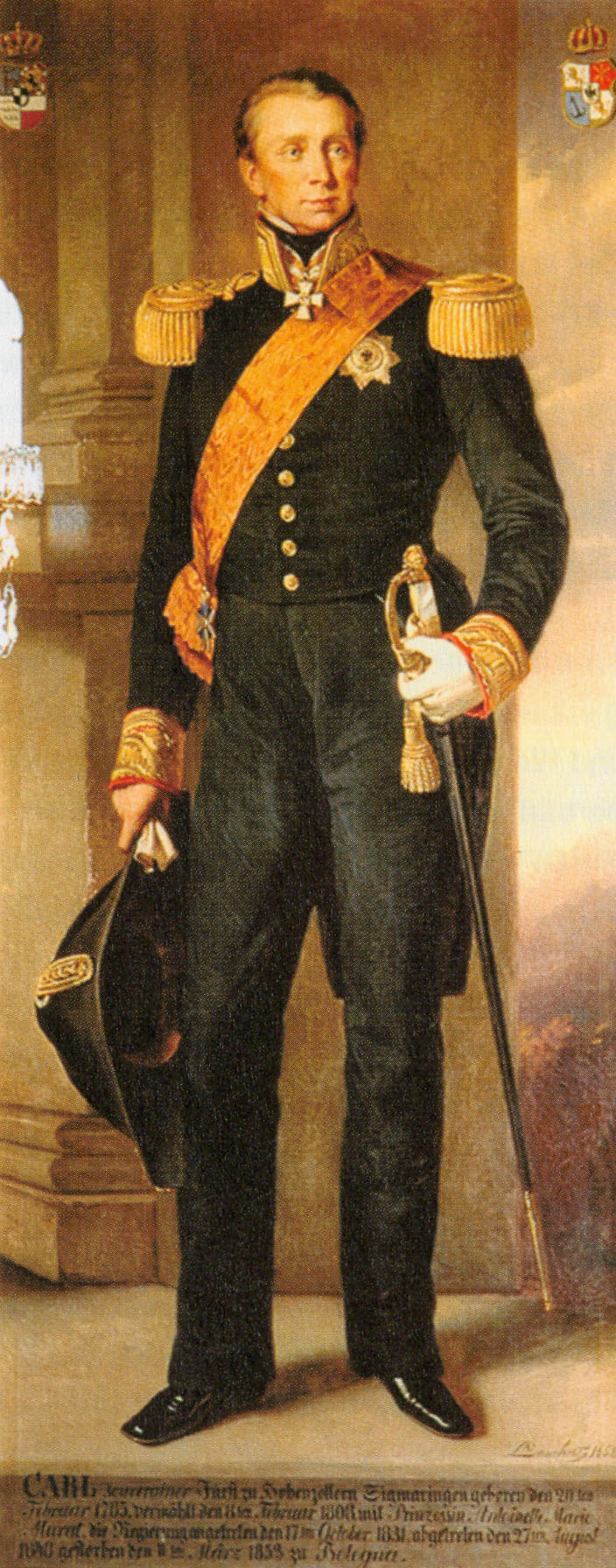
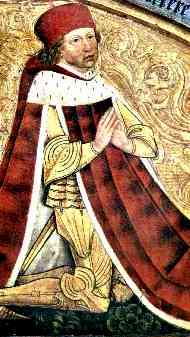

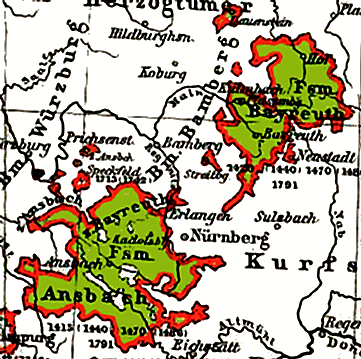
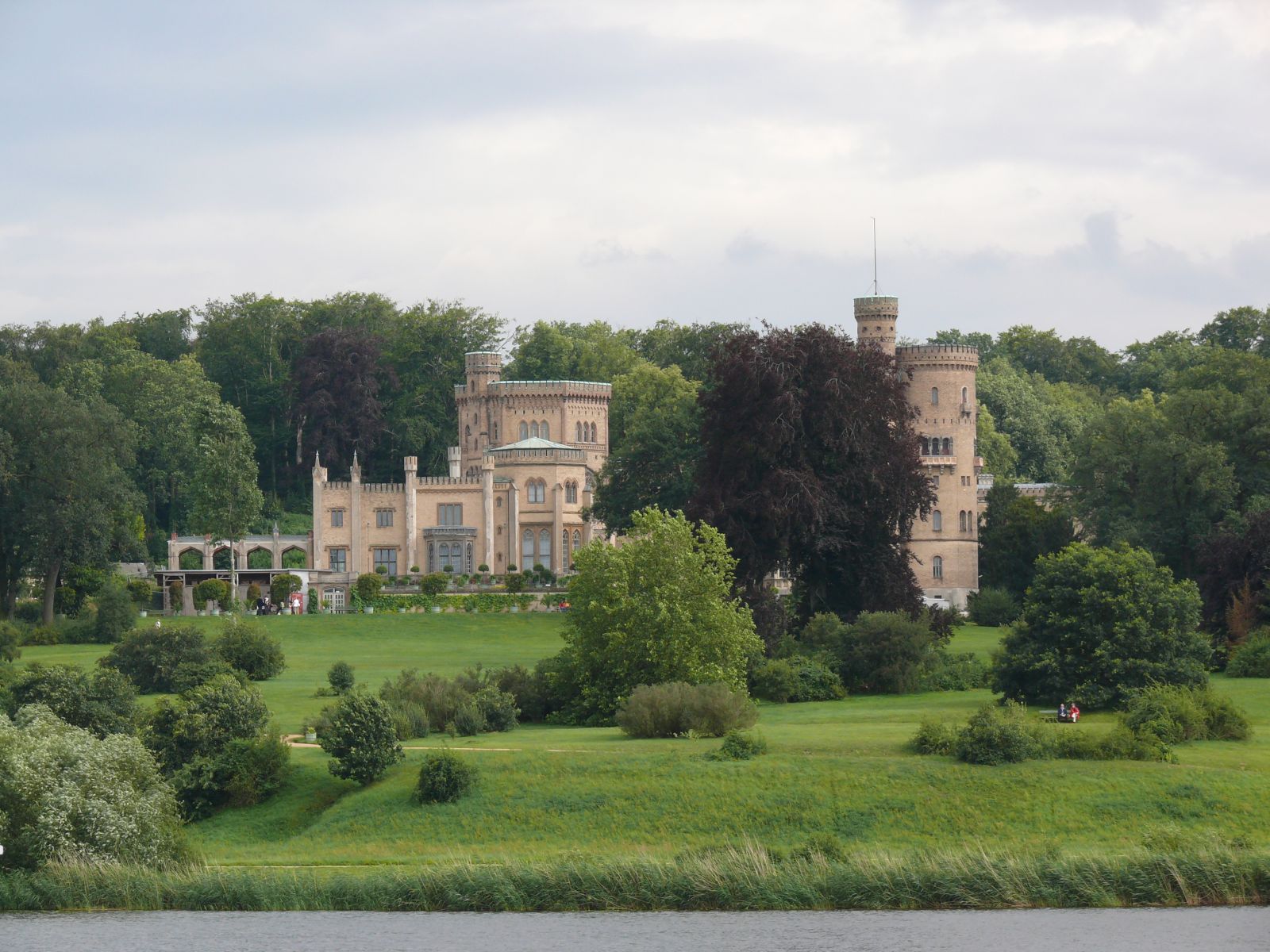




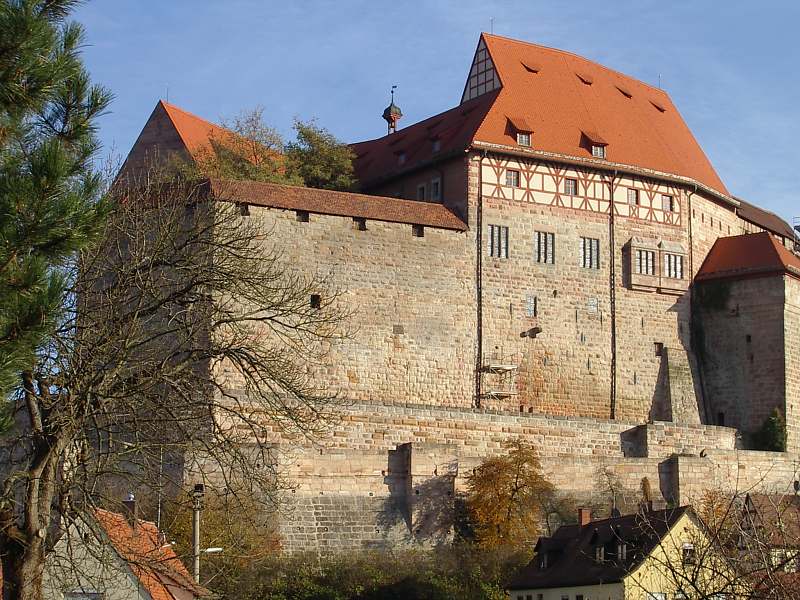
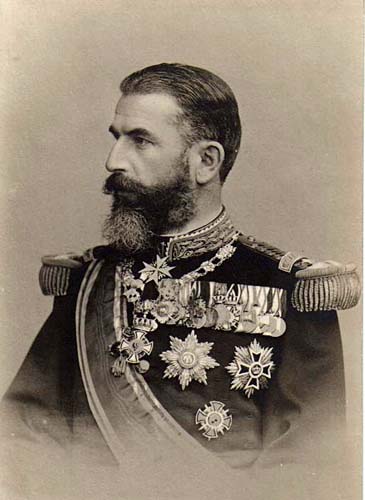




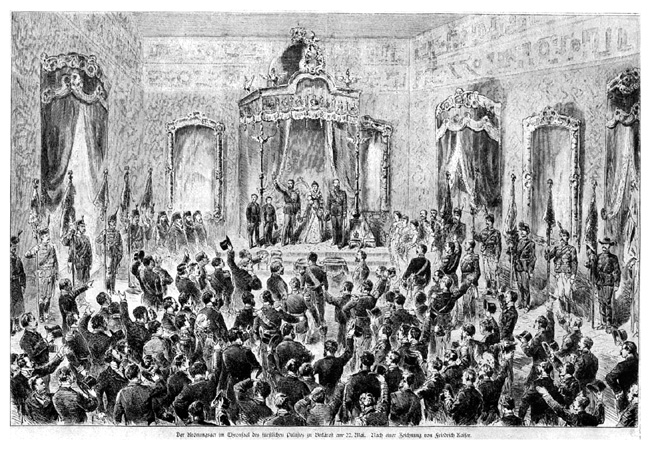


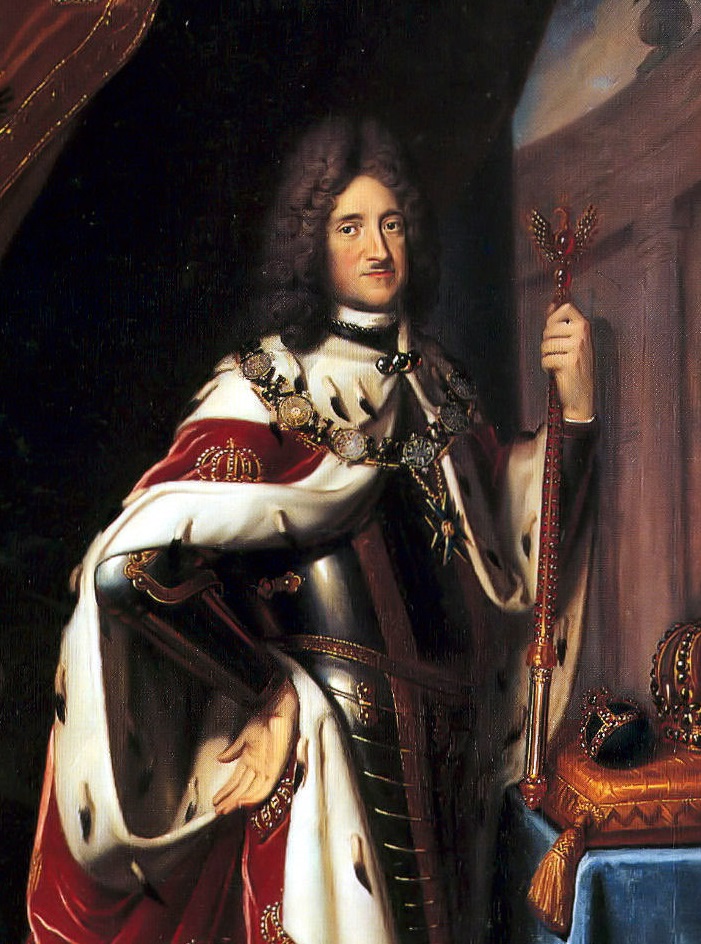

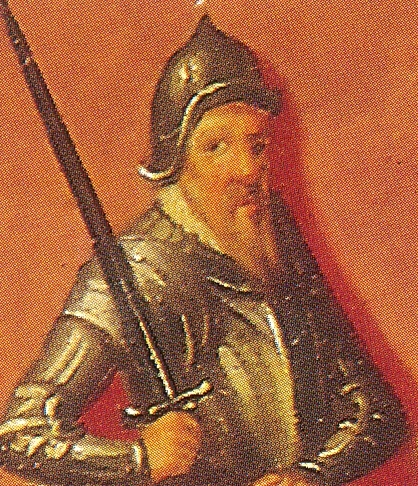


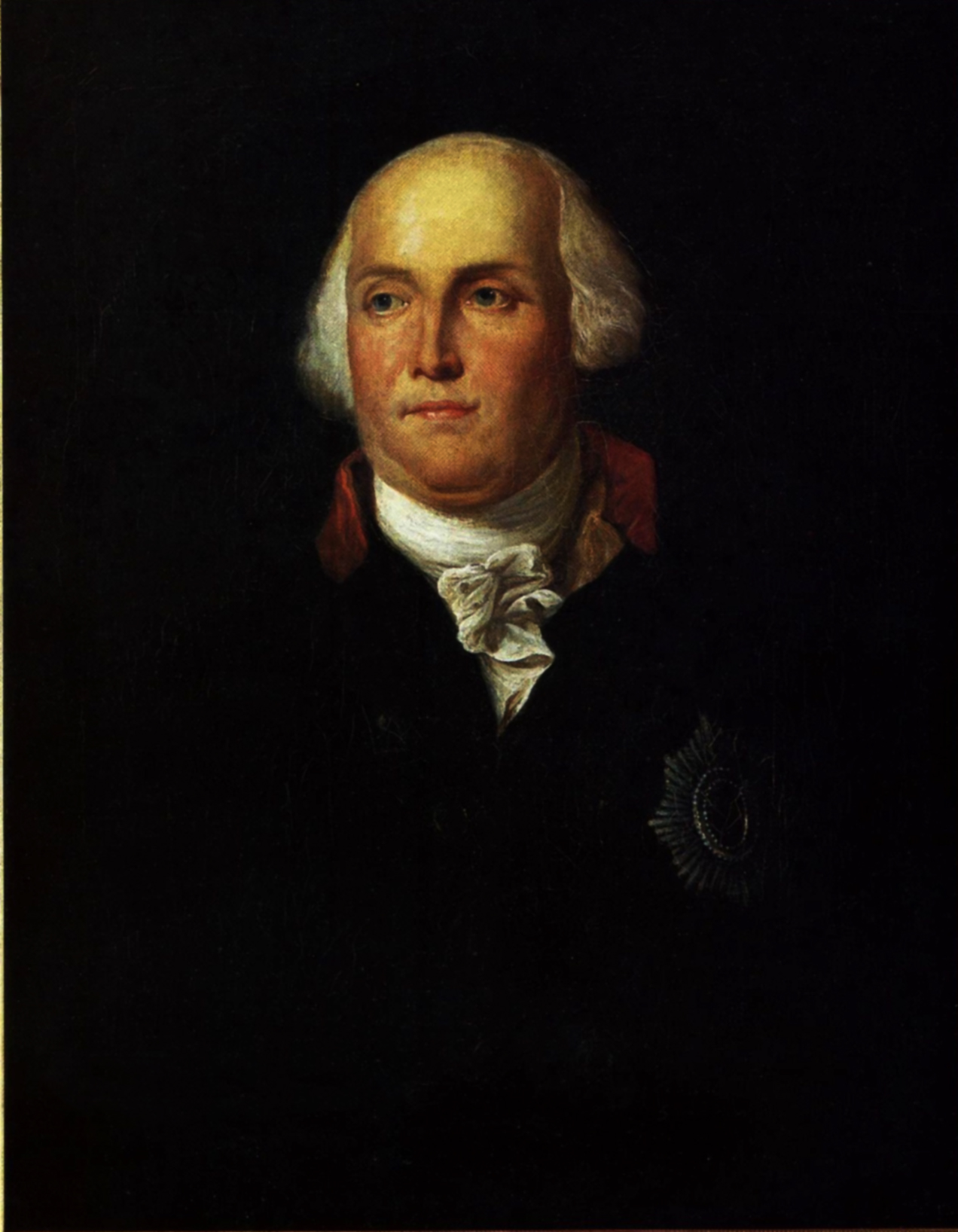
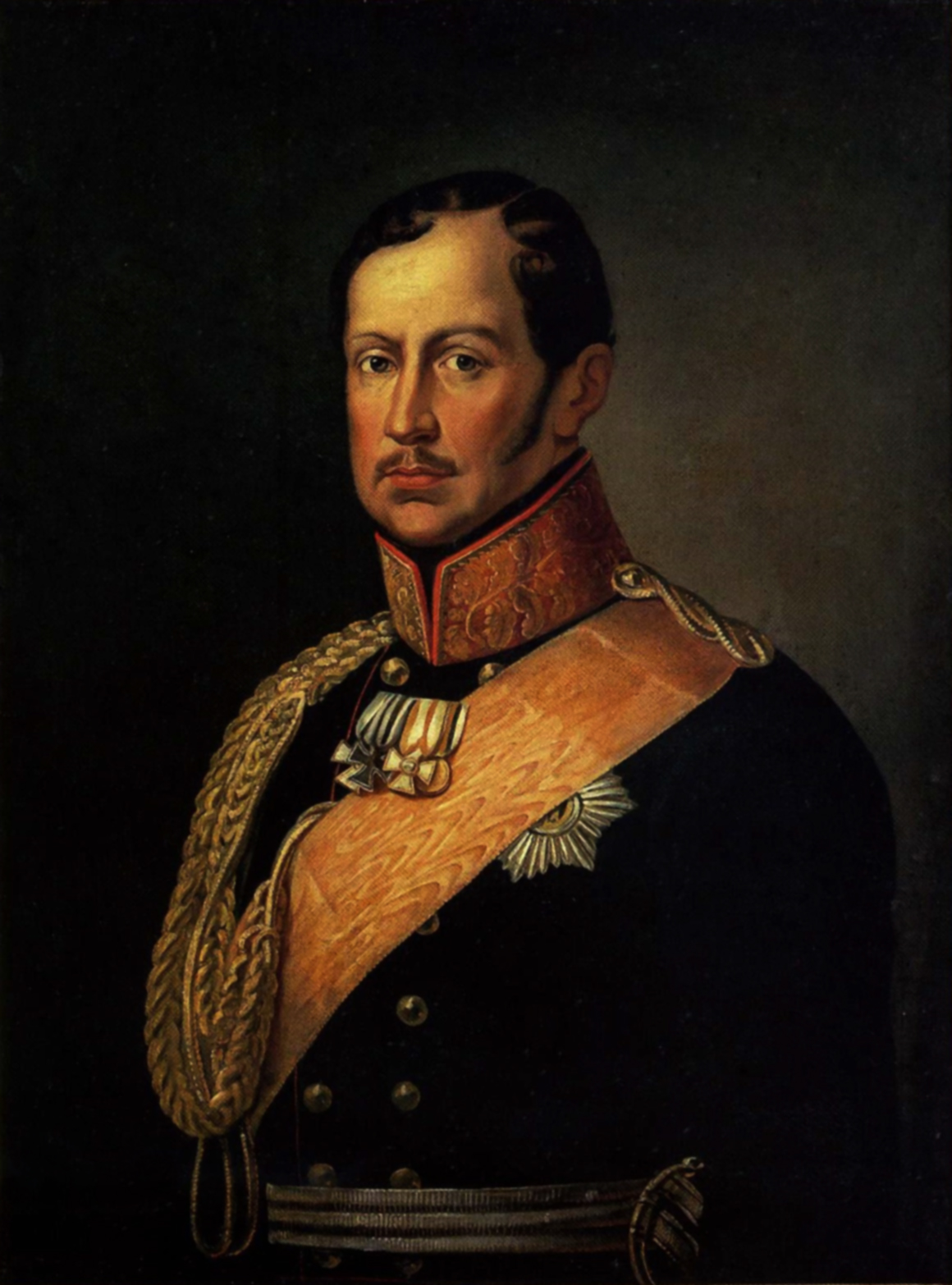


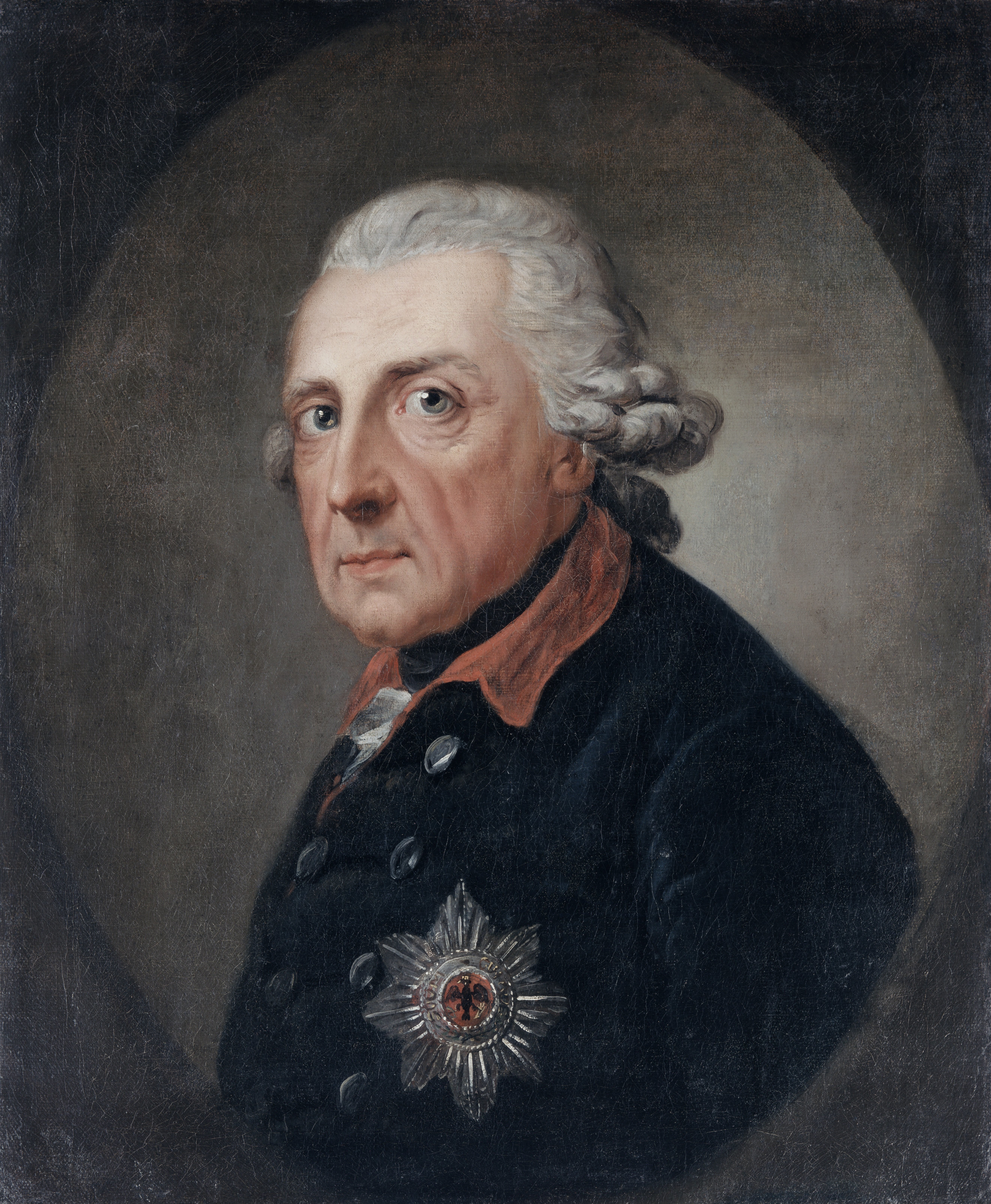





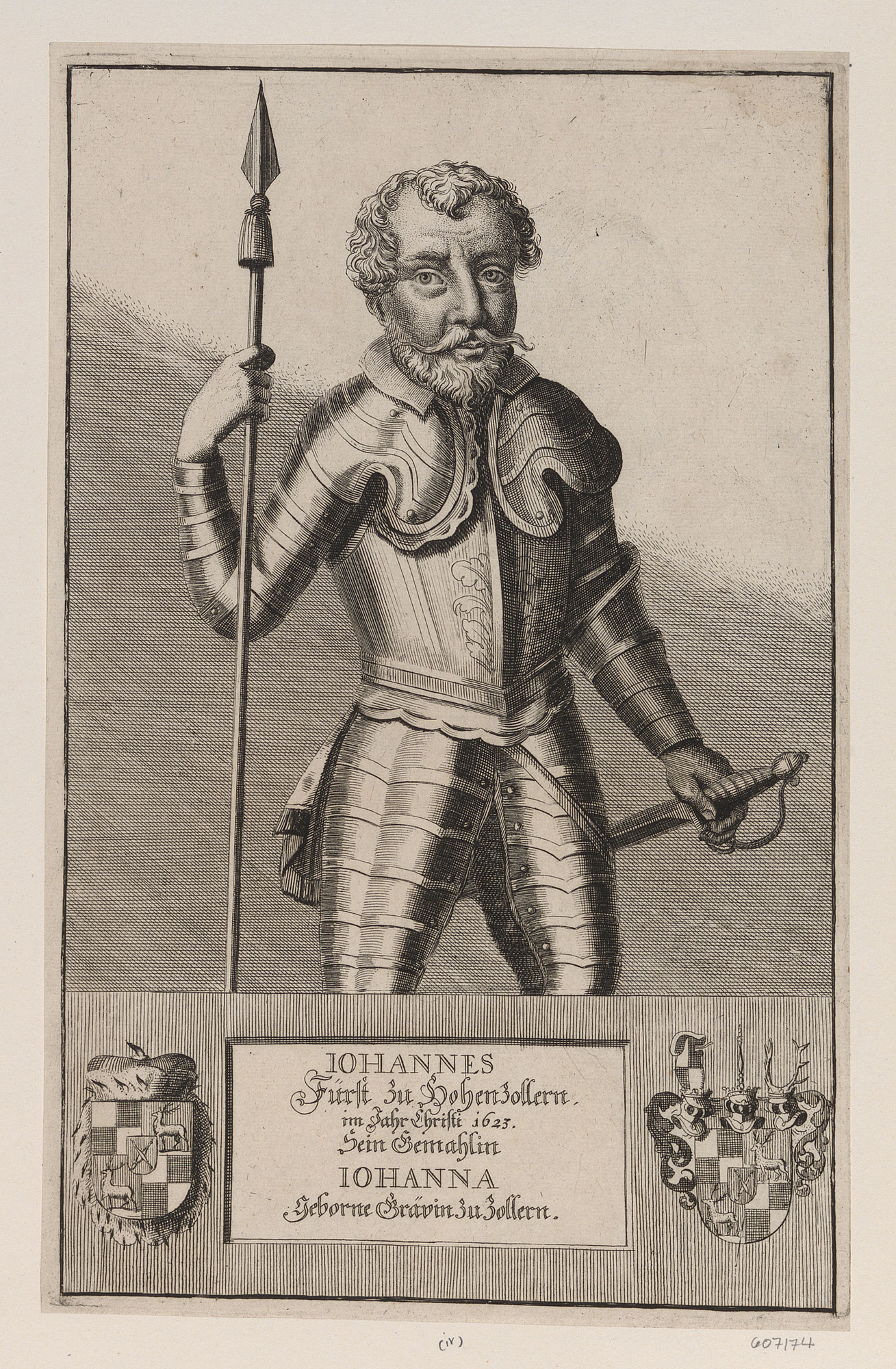


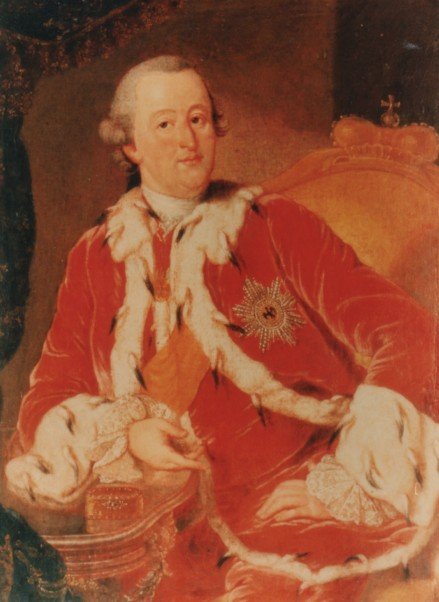
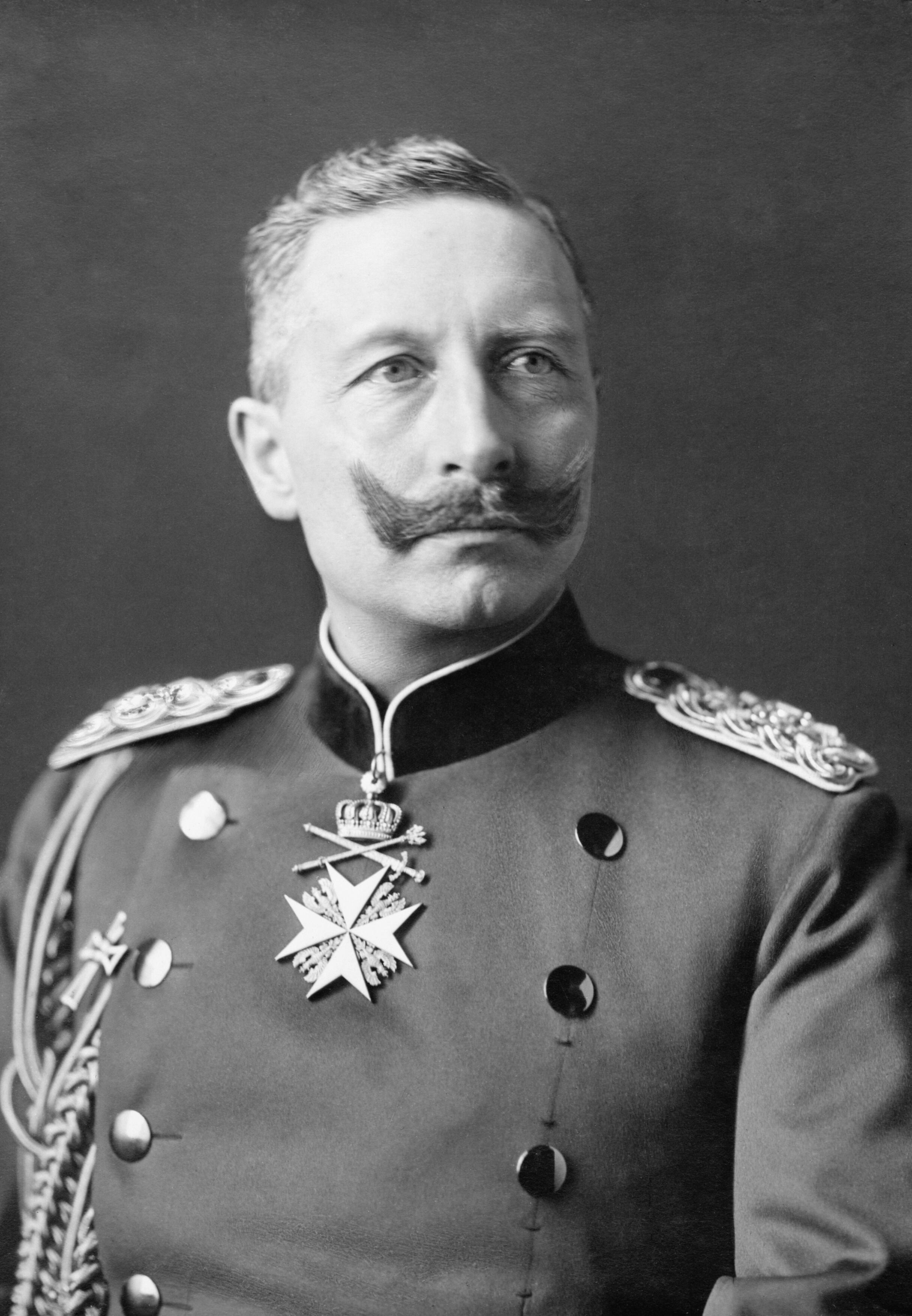

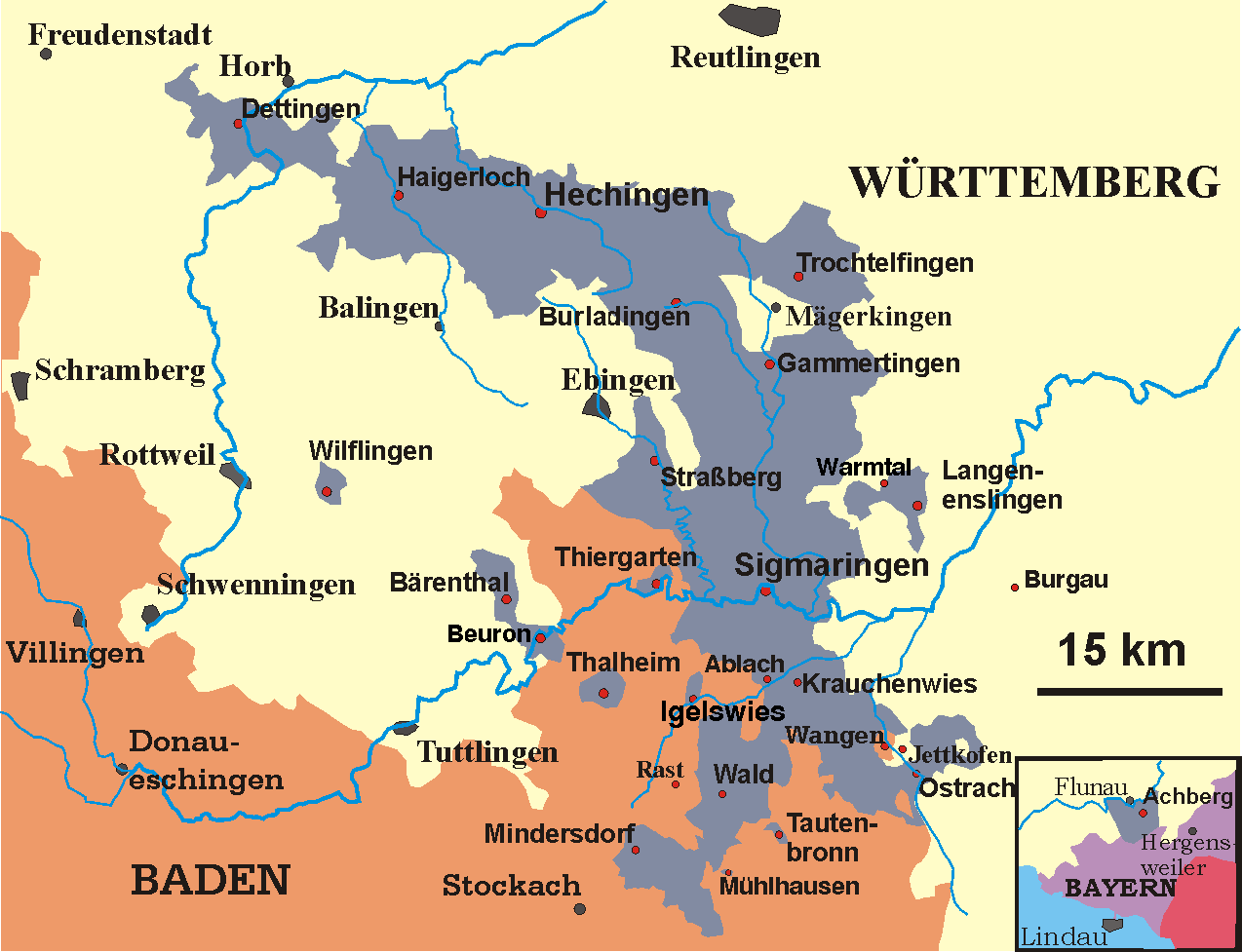



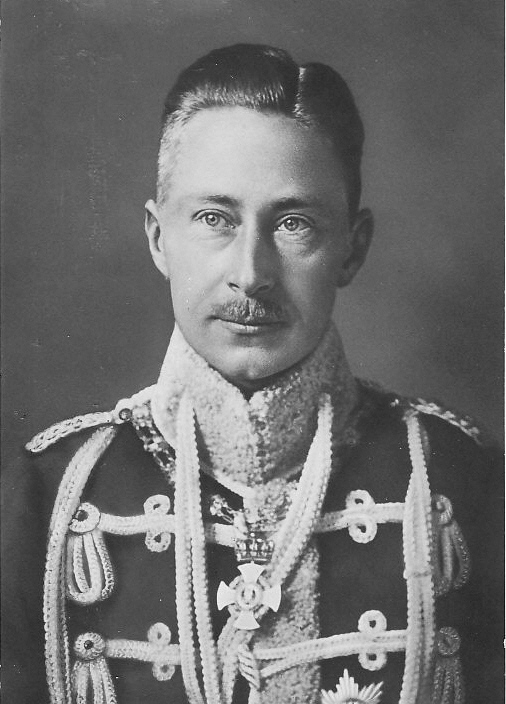
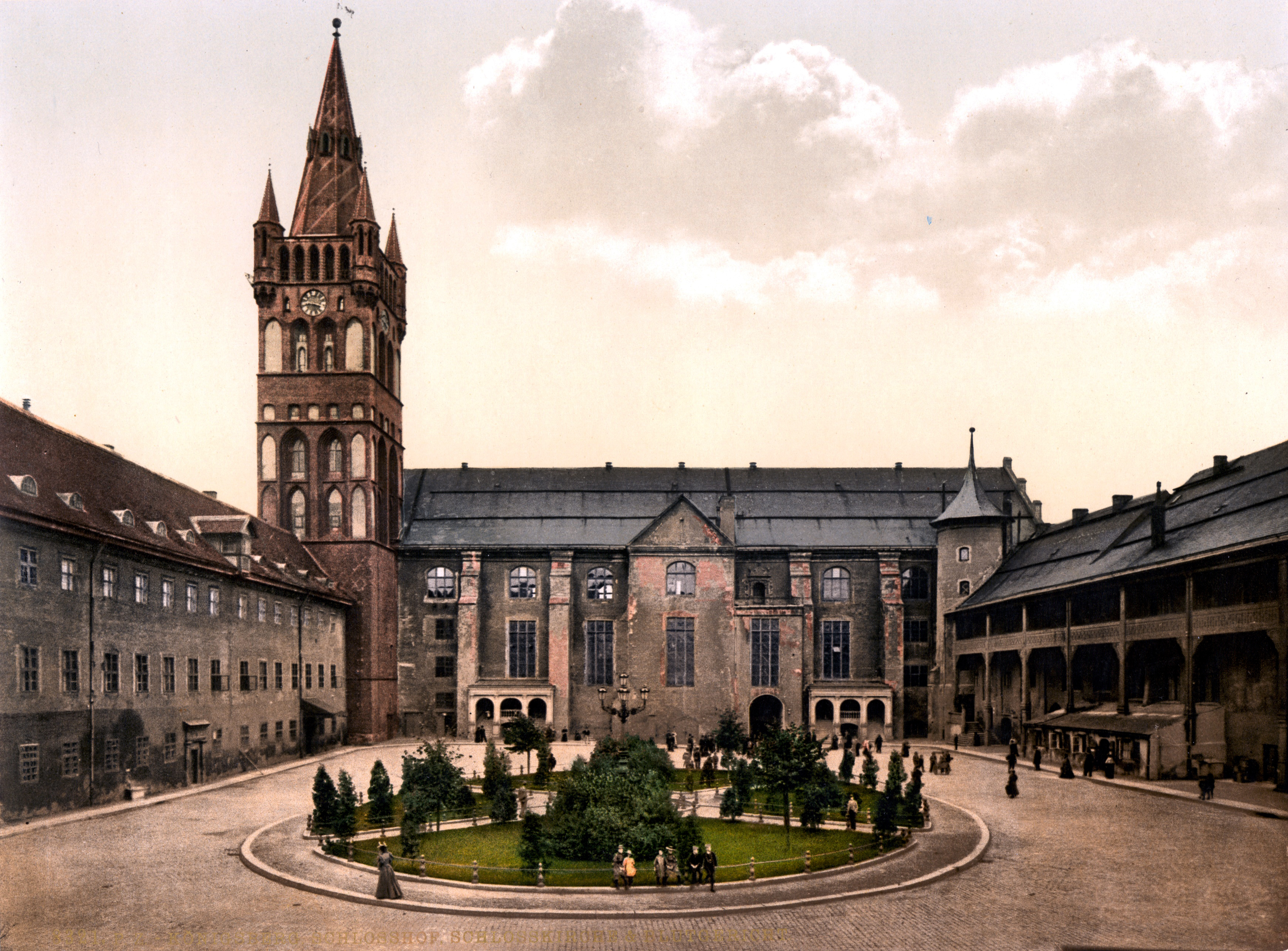

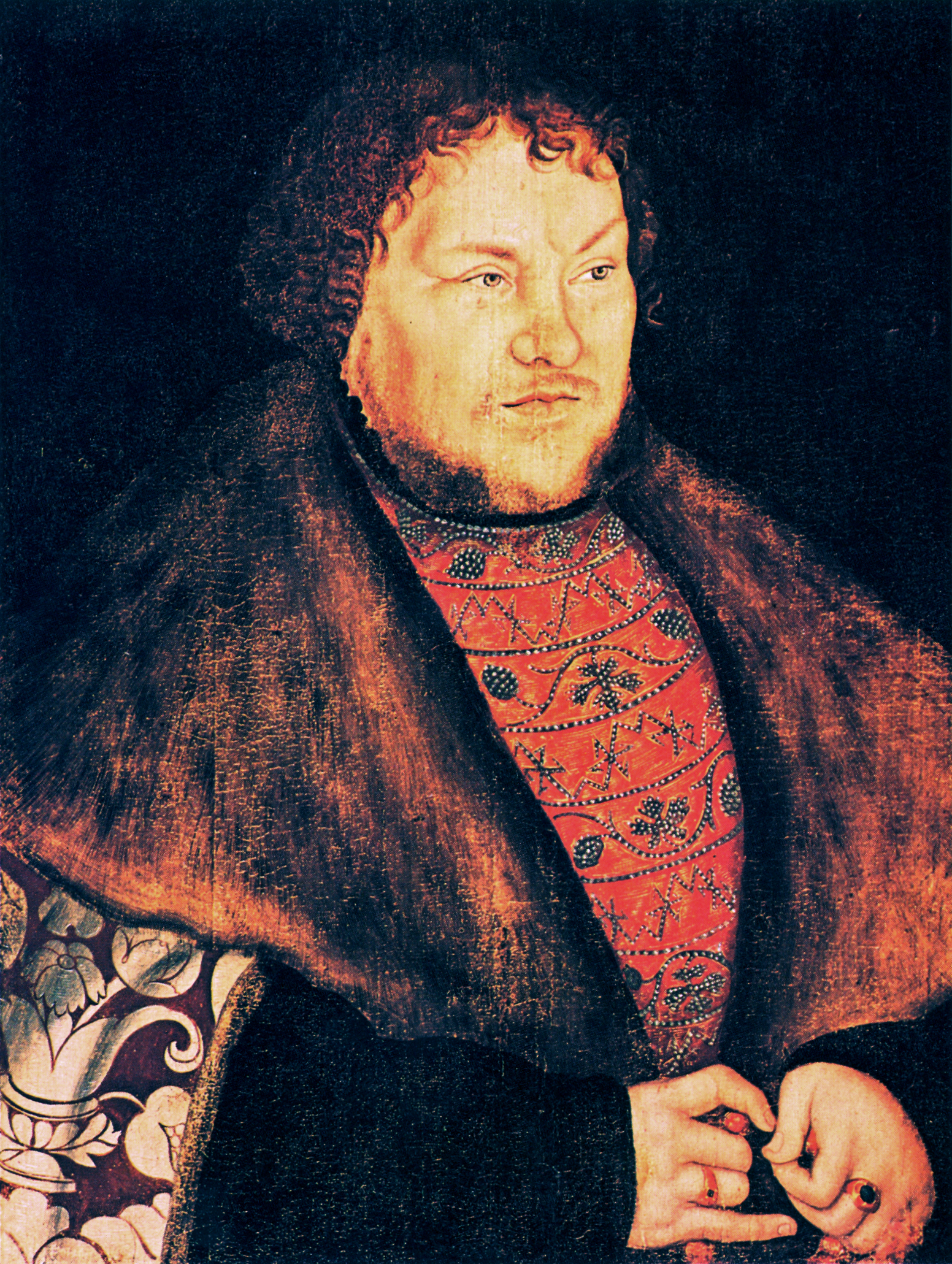
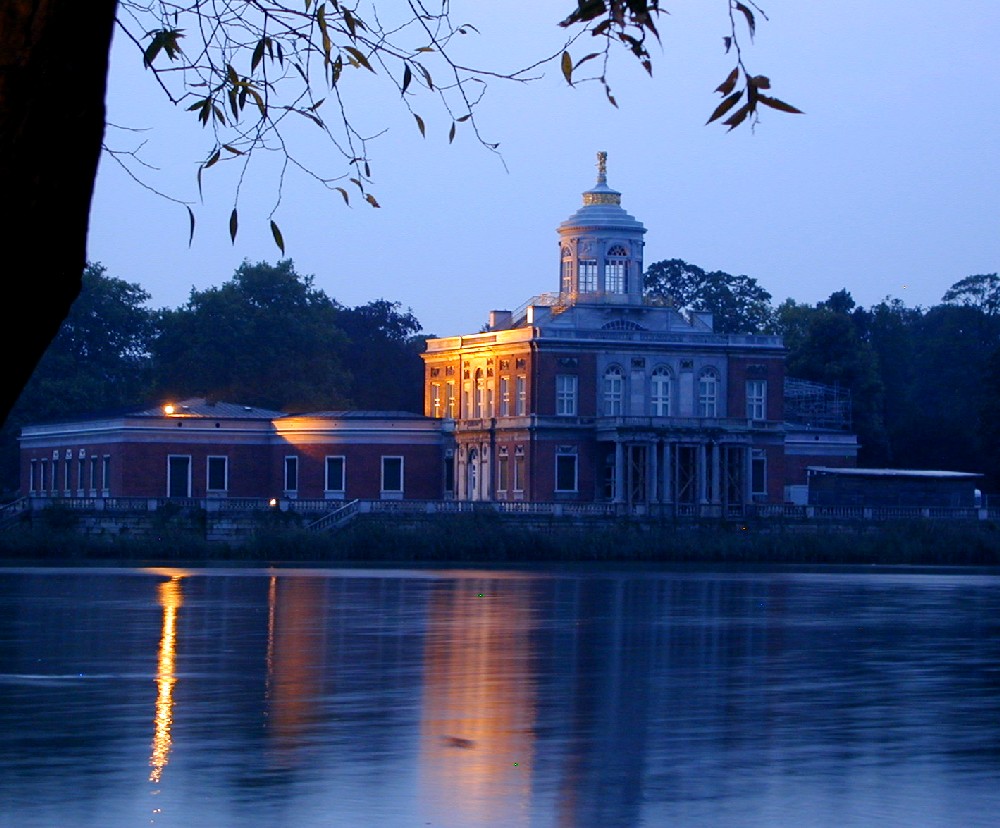


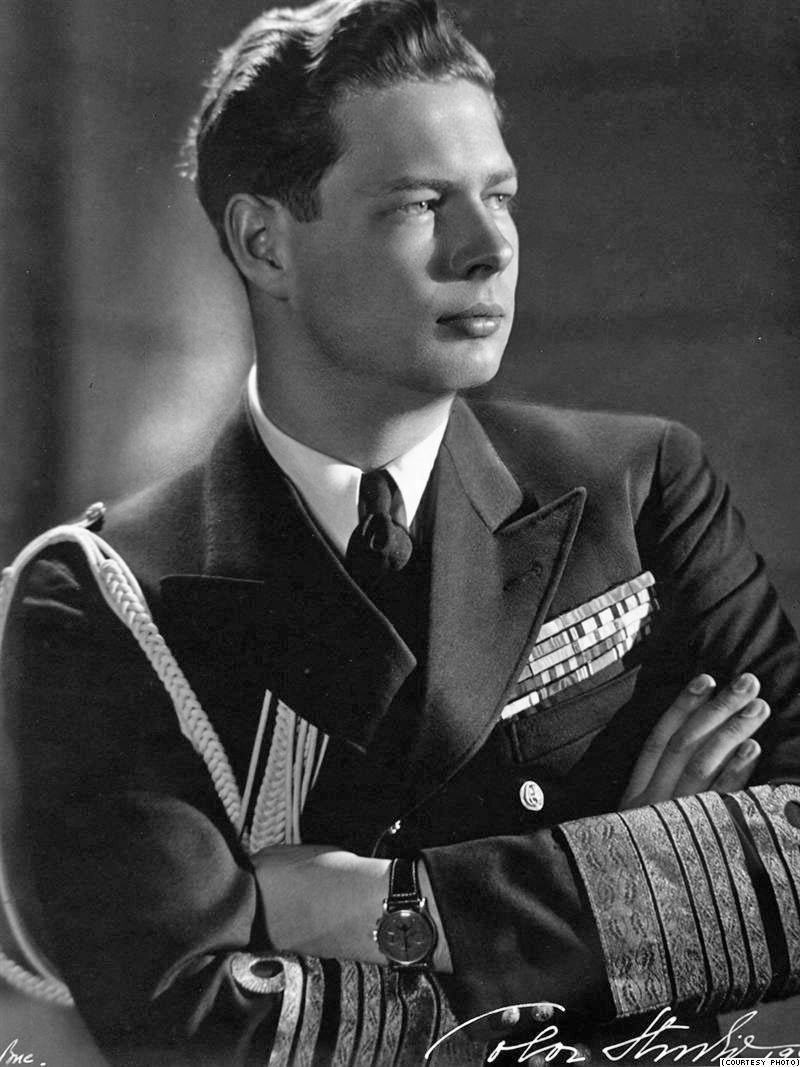
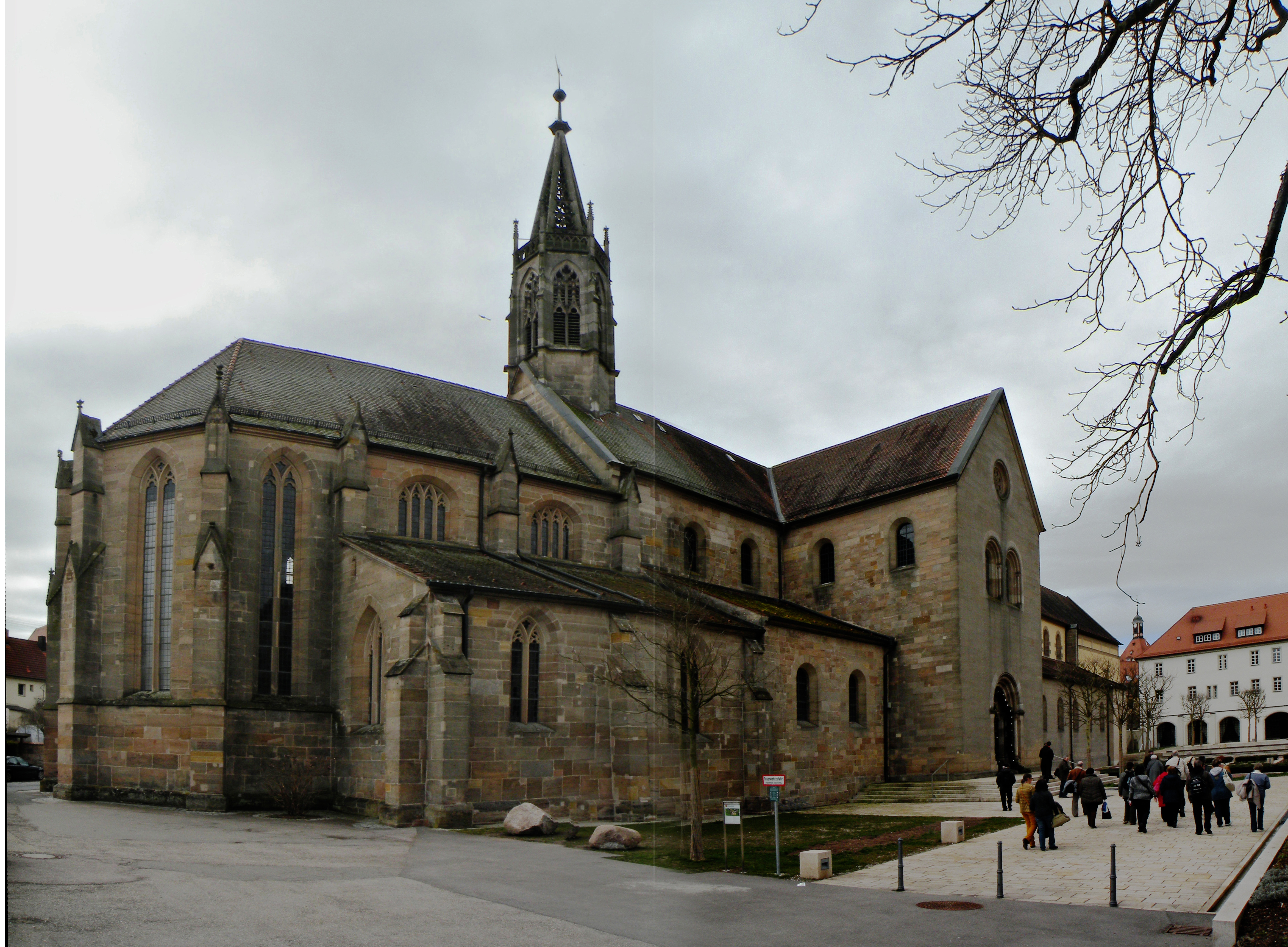

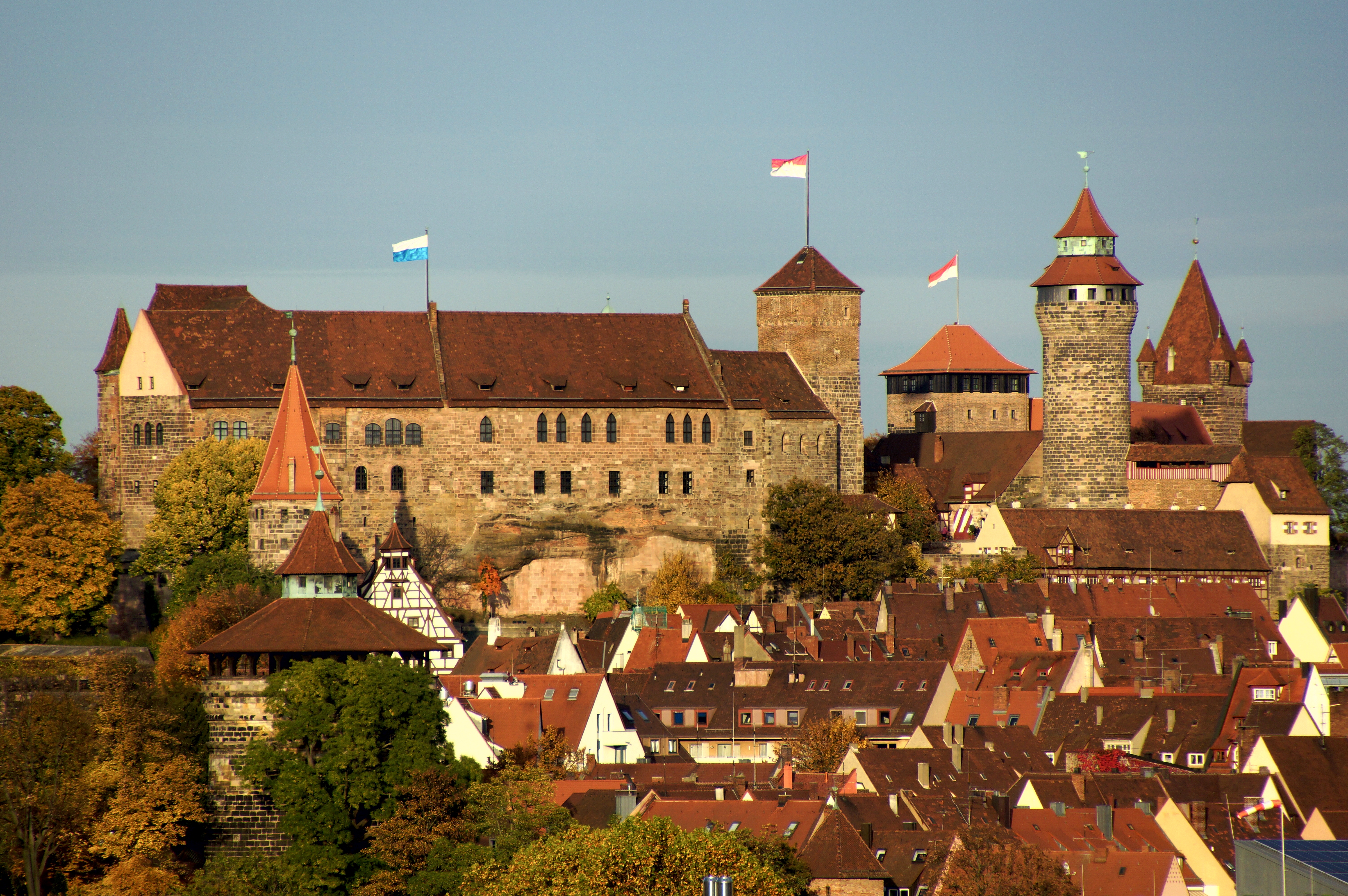

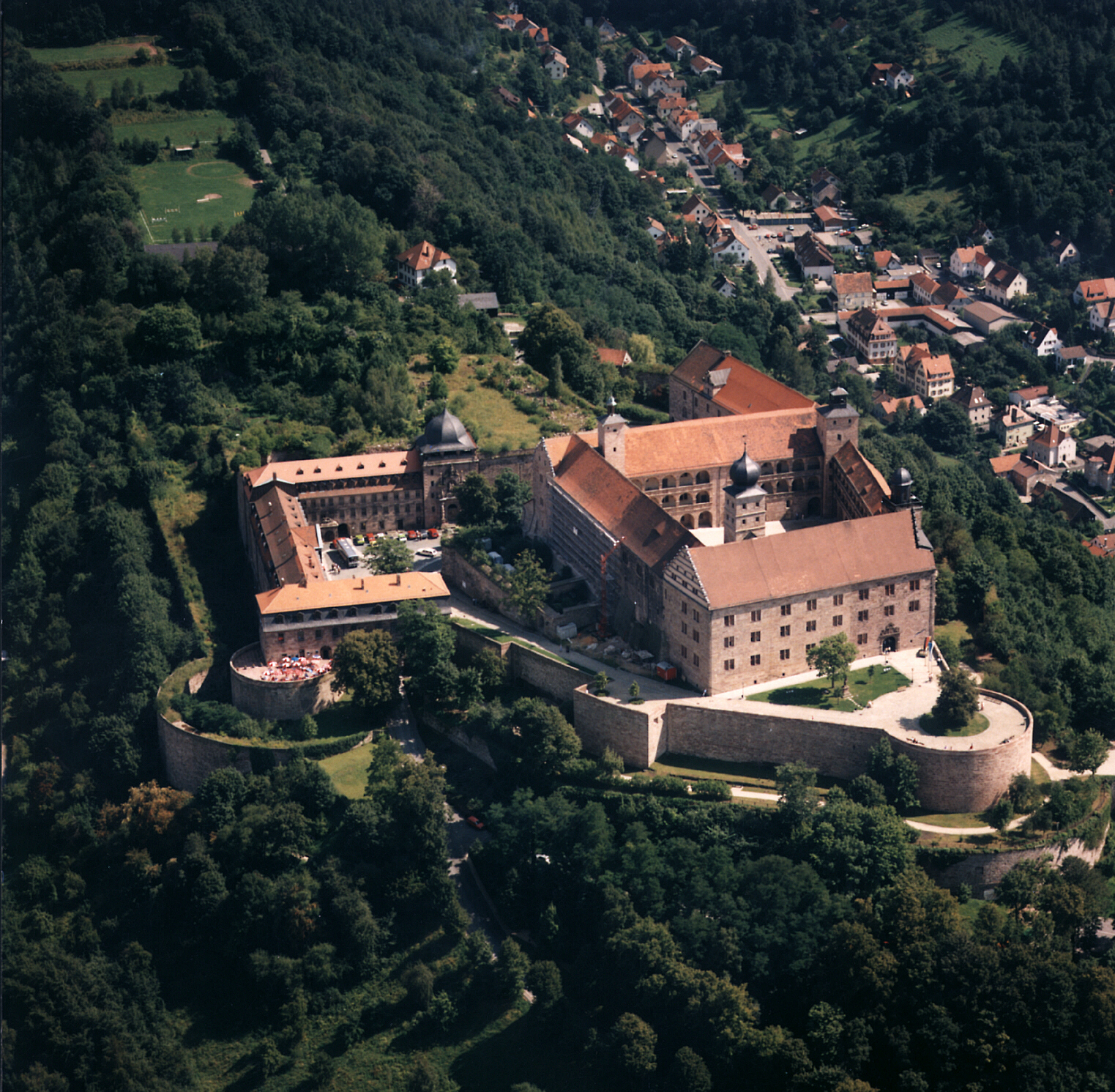
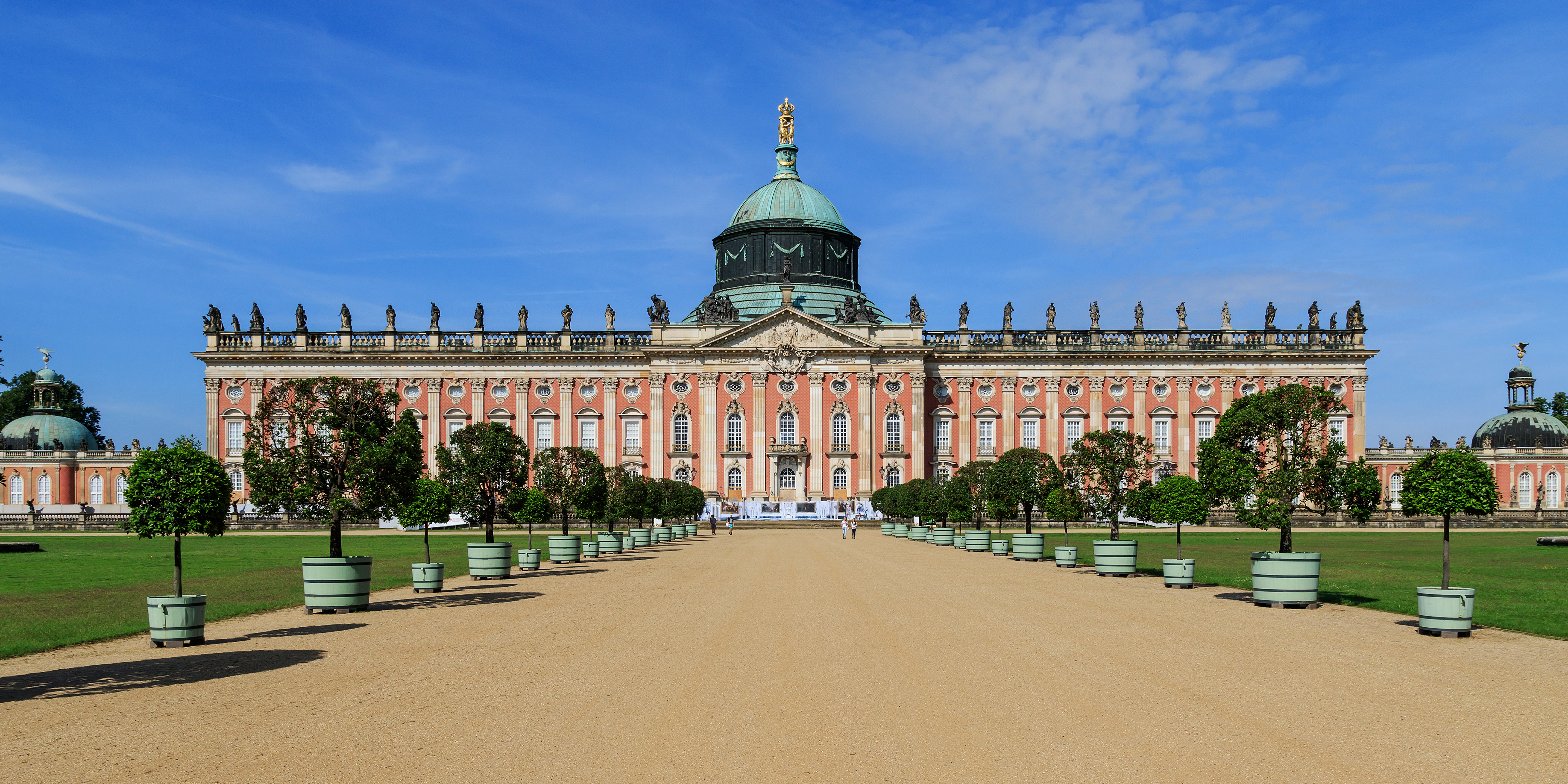

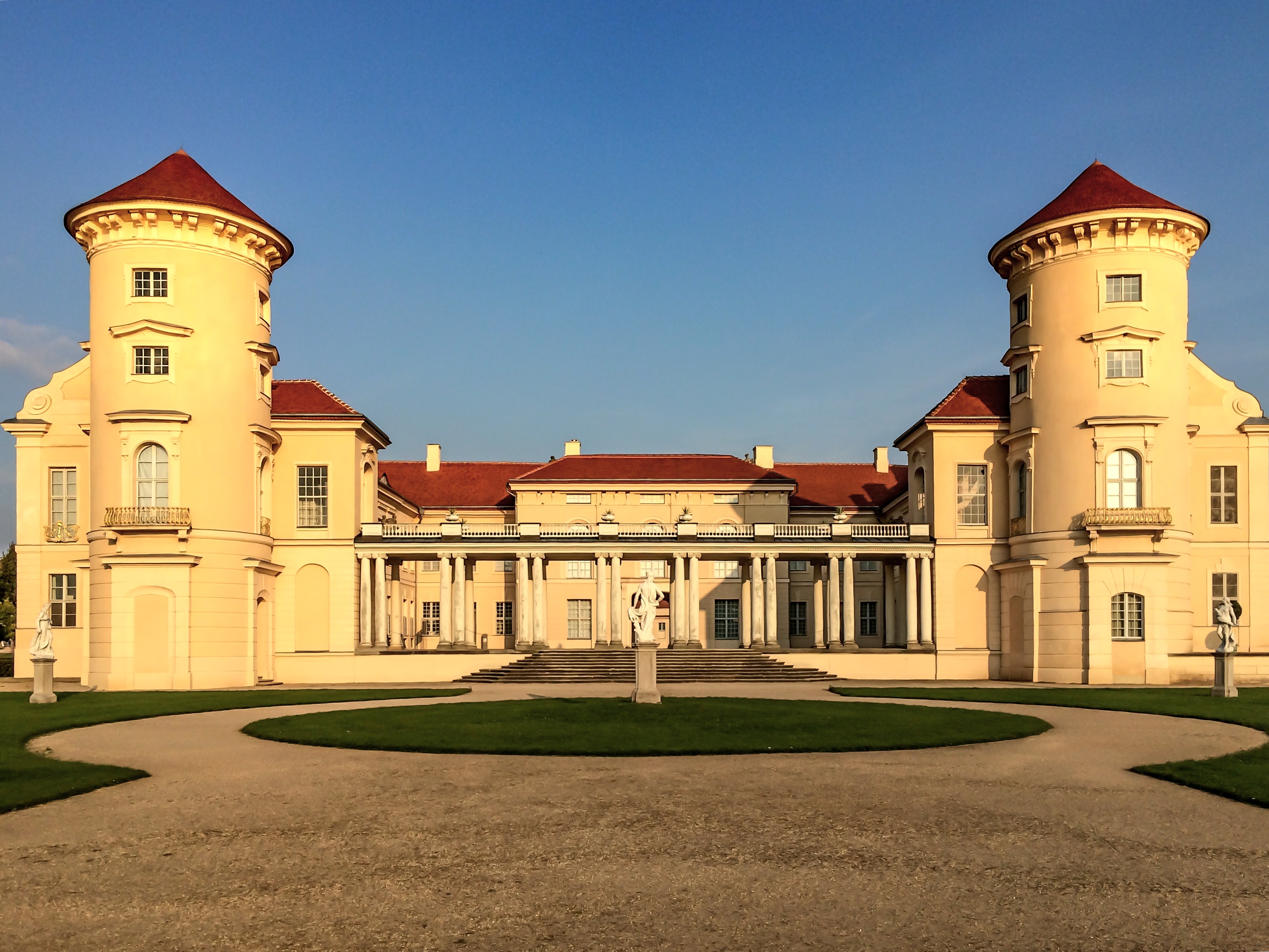




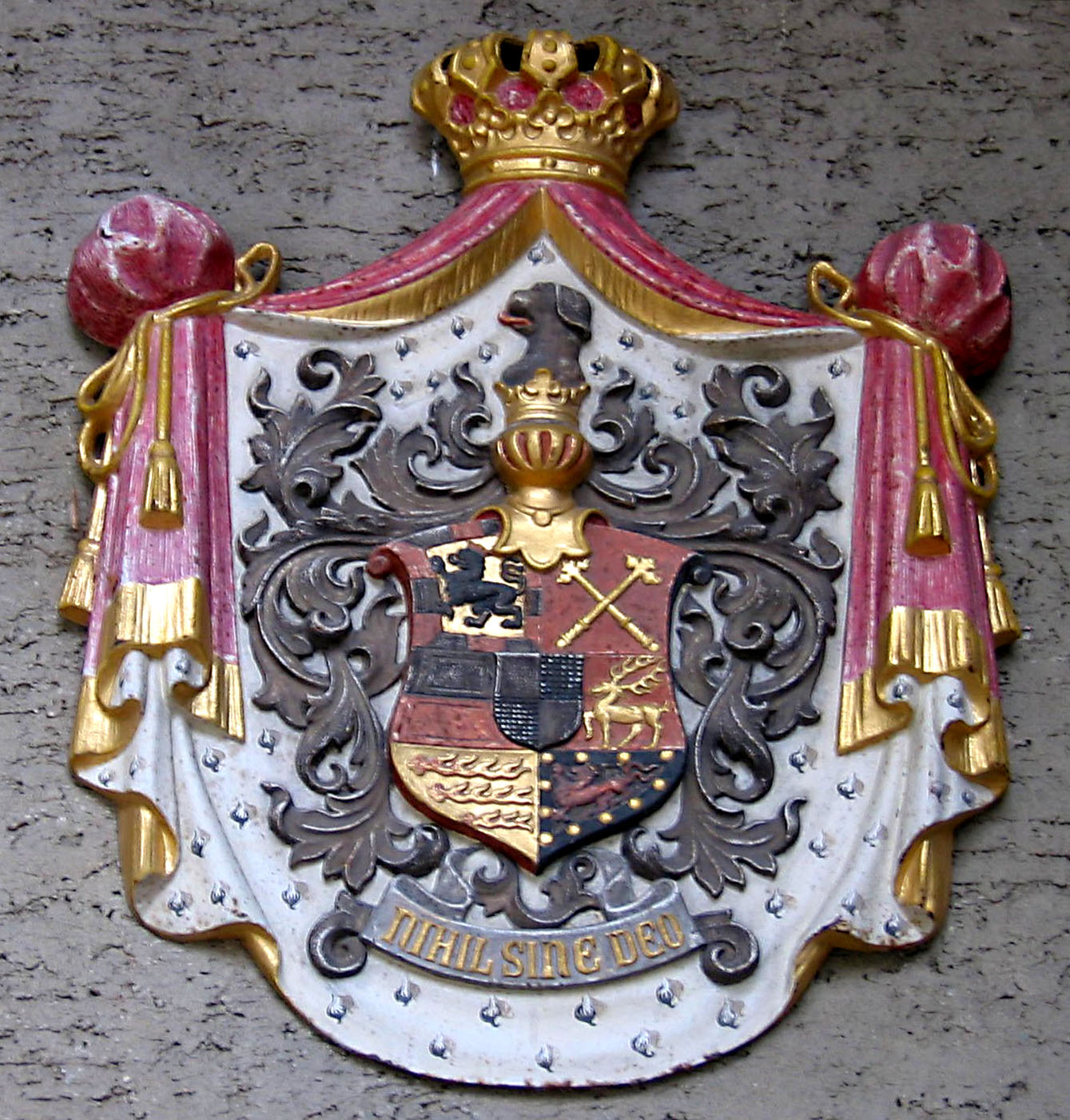

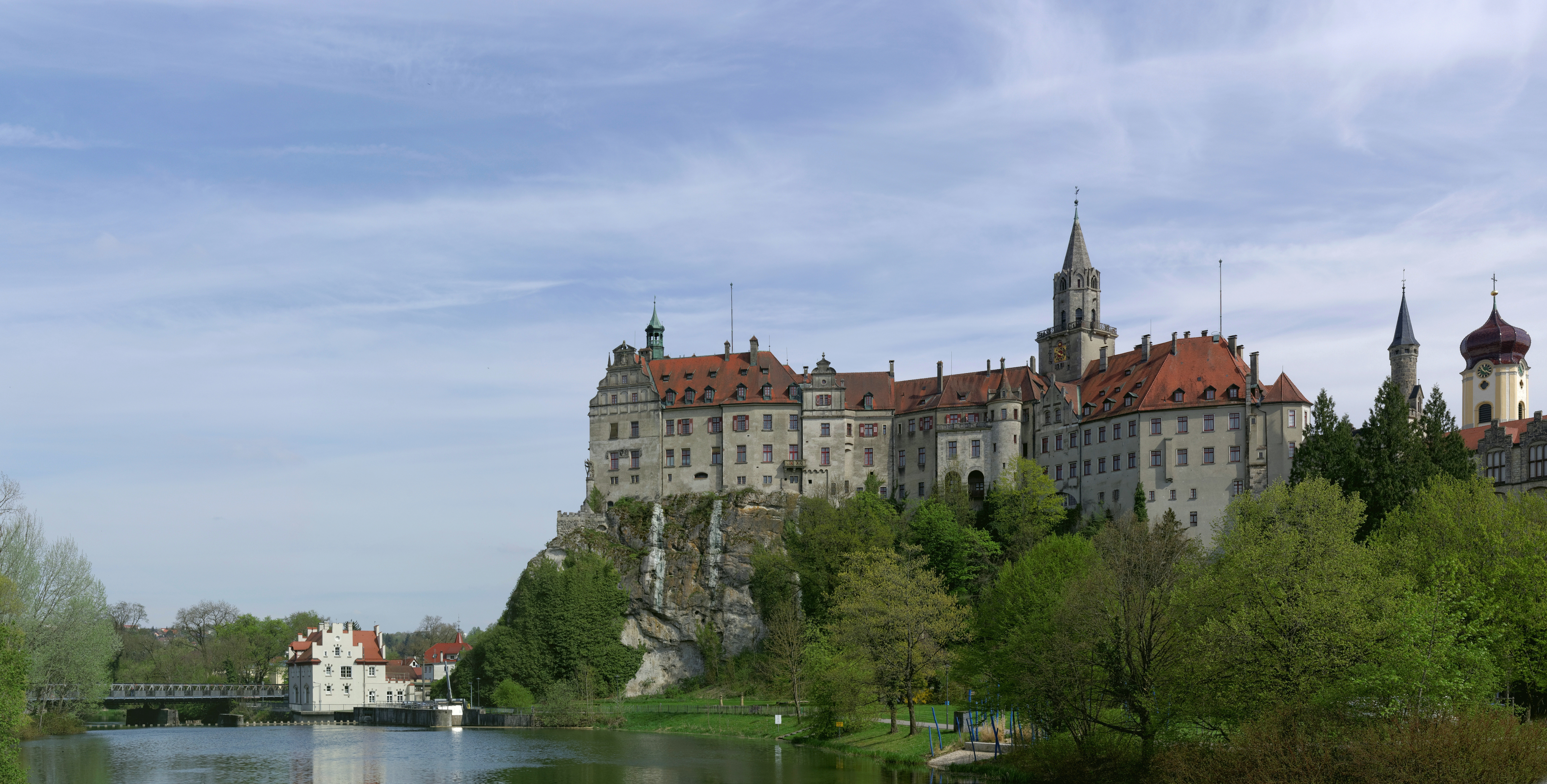






















![Hohenzollern Marsch [German march] Thumbnail Source: https://www.youtube.com/watch?v=B9Pgwrju45Y&pp=ygUVaG91c2Ugb2YgaG9oZW56b2xsZXJu](http://img.youtube.com/vi/B9Pgwrju45Y/hqdefault.jpg)


